Pondering whether or not a 30-minute workout is enough to build muscle is a bit like wondering if 30-minutes is enough to cook a meal. Sure, it could be. Depending on who you are. It could also be a disaster. Clearly, it's what you do with those 30-minutes that may or may not trigger muscle growth. Whether it be a good circuit workout, “popsugar” workouts, or whatever 30-minute fitness thing you can come up with, the reality is, that it's largely irrelevant. What is relevant – the only thing that's relevant. - is exercise intensity. And I'll tell you why....
The human body enlarges a muscle group by either one, or both, of two processes. The first is called hypertrophy - the enlarging of existing muscle fibers. This is the body's first response to prolonged and progressive physical stress. In the acute phase, the body pumps blood to the muscle being exhausted, bringing it more oxygen, more glucose and releasing creatine phosphate stores to help generate more energy. This is known as a “pump.” You literally feel your muscle engorge with blood, veins popping out (if you're lean enough to see them) and you can feel your skin tighten. It's an absolutely real and undeniable response.
As the pump ebbs later on, while you're resting, the extra pumped in blood leaves the muscle, and with it goes all kinds of undesirable cellular rubble that you created when you tore down your muscle during a period of intense stress (your workout). During the subsequent recovery period, an increase in protein synthesis will take place, utilizing various essential amino acids, particularly valine, that got pumped in with the extra blood, to build complete muscle cells, which gradually enlarge individual muscle fibers.
Now, if the continued and ever increasing stress persists into days and weeks, the body eventually becomes inefficient. It cannot keep up with the increased demand being placed upon it and it cannot satisfactorily recover in the given amount of time. The next response the body initiates in order to survive is the activation of satellite cells that live on top of the muscle fibers. These satellite cells then multiply and join together, while absorbing a host of nutrients and various hormones, to create new muscle fibers. This is called hyperplasia.
It's important to note, that the birth of new muscle through hyperplasia, merely falls into the fray. Like an escalation of troops in a war. It will immediately be subject to the effects of hypertrophy – if the stress continues to be progressive, prolonged and intense. You also have to remember that this is merely the stimulus side of building muscle. The actual growth takes place while you rest and recover.
The object of going to the gym is to convince the body it needs more muscle, but it's not where the muscle is built. You get swole in bed.
So, the question is, actually: is 30-min enough time to stimulate the body's adaptive survival response, to initiate hypertrophy and subsequently - hopefully - hyperplasia? Any time such a question is asked, it can only logically be answered first with “it depends.” That's because it does.
It depends not only upon what you do during that 30-minute fitness session, but also, and I say more importantly, how you do whatever it is you're doing.
And that, my friends, is it - distilled all the way down to the very essence of what it takes for the body to build muscle – intensity.
As I eluded to earlier, building muscle has nothing whatsoever to do with your desire for big biceps. The body builds muscle for one reason and one reason only – survival.
Increased muscle mass is a survival response to a specific physical stress. The only way to get your body to build muscle is to keep it under stress. The question is, for how long?
There is the theory of “time under tension” which infers that the longer the muscle is under tension, the greater the stimulus to increase muscle mass. While this is to some degree true, the “time” part of it is a bit ambiguous and leads to tremendous inefficiency, which ultimately mitigates recovery time.
“Time under tension” is another way of quantifying reps and sets. To how many reps and sets do you subject a muscle in order to stimulate the growth response, and is 30-minutes enough time to do it? When you set out to put together a good circuit workout, what is your goal for reps and sets? How do you figure that out?
Ask any successful bodybuilder how many reps and sets they recommend to build muscle and you'll get a different answer every time. This is because, without a universally accepted and tangible goal, anything anyone can suggest is – at best – vague, ambiguous and inefficient. How many reps? 8? 10? 12? 15? How many total sets per body part? 10? 20? 30? And who's right? “Jay Cutler is Mr. Olympia and he did This.... Yeah, but Ronnie Coleman is also a Mr. Olympia and he did this, this and that....Well, Lee Haney is another Mr. O and he doesn't follow either of those philosophies, he does XY and Z....” Who's right? They all are ranked the best in the world!
Well, one bodybuilder – who never became Mr. Olympia, but should have - actually popularized the most logical answer to this question. The most obvious point to stop a set is when the muscle fails. He took that point a bit further and insisted that you really only need to do that once. In1978, Mike Mentzer became the only bodybuilder in history who, to this very day, has ever scored a perfect 300 to win the Mr. Universe. Mentzer popularized the “one set” theory, originally proffered by Nautilus founder, Arthur Jones. As the theory goes, the most logical point to stop a set is when the muscle can no longer execute the message sent from the brain to contract. According to Jones, via Mentzer, once you have reached the point where there is a momentary interruption in the neurological firing between the brain and the muscle being contracted, you have reached the most logical end of a set. And, anything more, or less, is a waste of time. This is the ultimate execution of intensity, and the most successful way to build muscle. Dorian Yates lent credence to that concept by winning six Olympias in a row using short, high intensity, workouts. That's not to say it's the only way, just the most efficient. Remember, muscle growth happens during rest. Your objective should be to minimize the amount of time it takes to stimulate muscle growth and maximize the amount of time spent recovering, so you can grow.
If you're interested in the health benefits of some kind of 30-minute fitness program, you can probably accomplish something in that amount of time, but you're not going to get big.
So, to adopt this Heavy Duty style of training - where one set taken to failure per exercise - it's entirely possible to stimulate the body's muscle growth messaging in 30 minutes. The only problem is, most people who set out to find “failure” merely find fatigue. Failure – true failure – lies well north of fatigue and the searing pain associated with getting there has been equated to having a tooth drilled without novocaine. This makes the concept of “failure” a bit too subjective, and a bit too masochistic for most tastes. That's why volume training is more popular. But you'll have to spend much more than 30-minutes training that way to build muscle. Which, is inefficient and shortens the amount of recovery time you can devote to growing. And, of course, it certainly doesn't hurt as much.
Nevertheless, the fact has been well established that, within the confines of 30-minutes, it is entirely possible to convince the body it needs more muscle.
So, yes, a 30-Minute Workout is Enough To Build Muscle. It just depends on your ability to manufacture intensity. Same goes for you guys with a personal trainer. A 30 minute personal training session can be enough to stimulate muscle growth. As long as your trainer is mean enough to push you there.


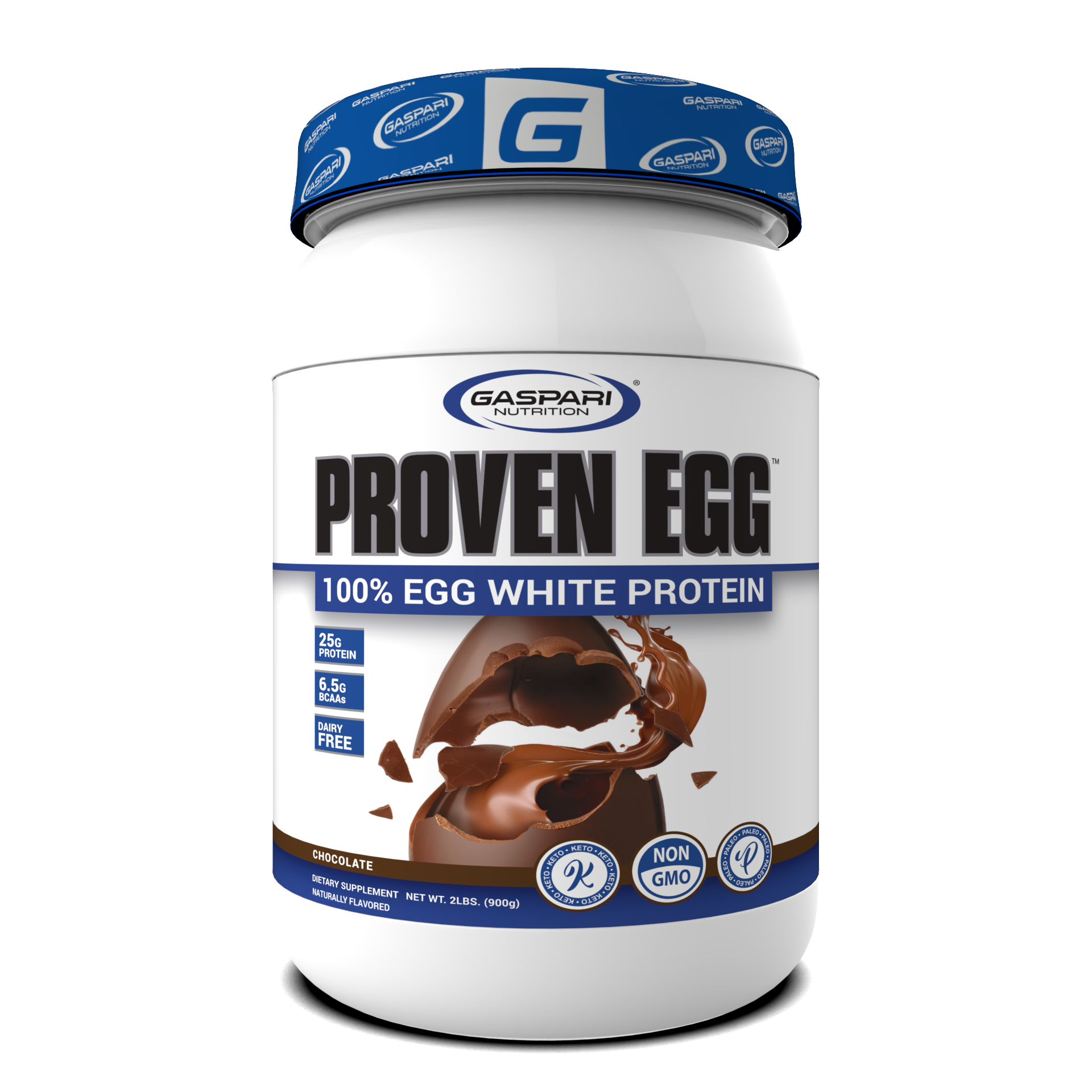

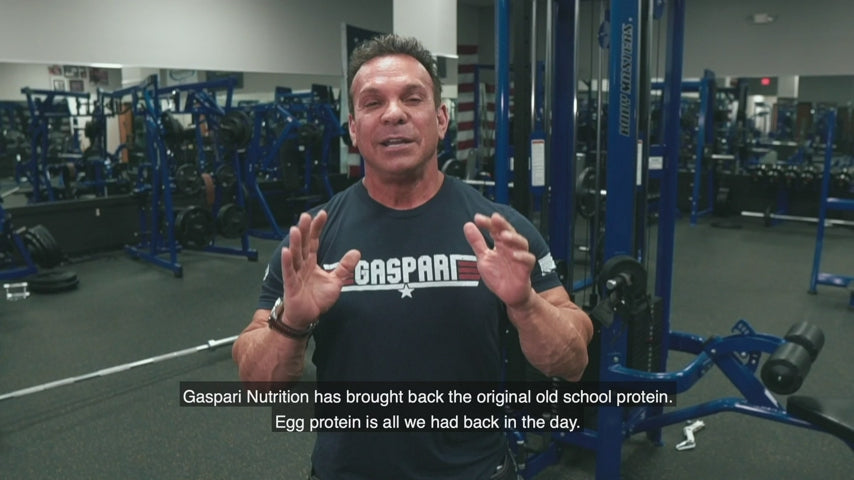


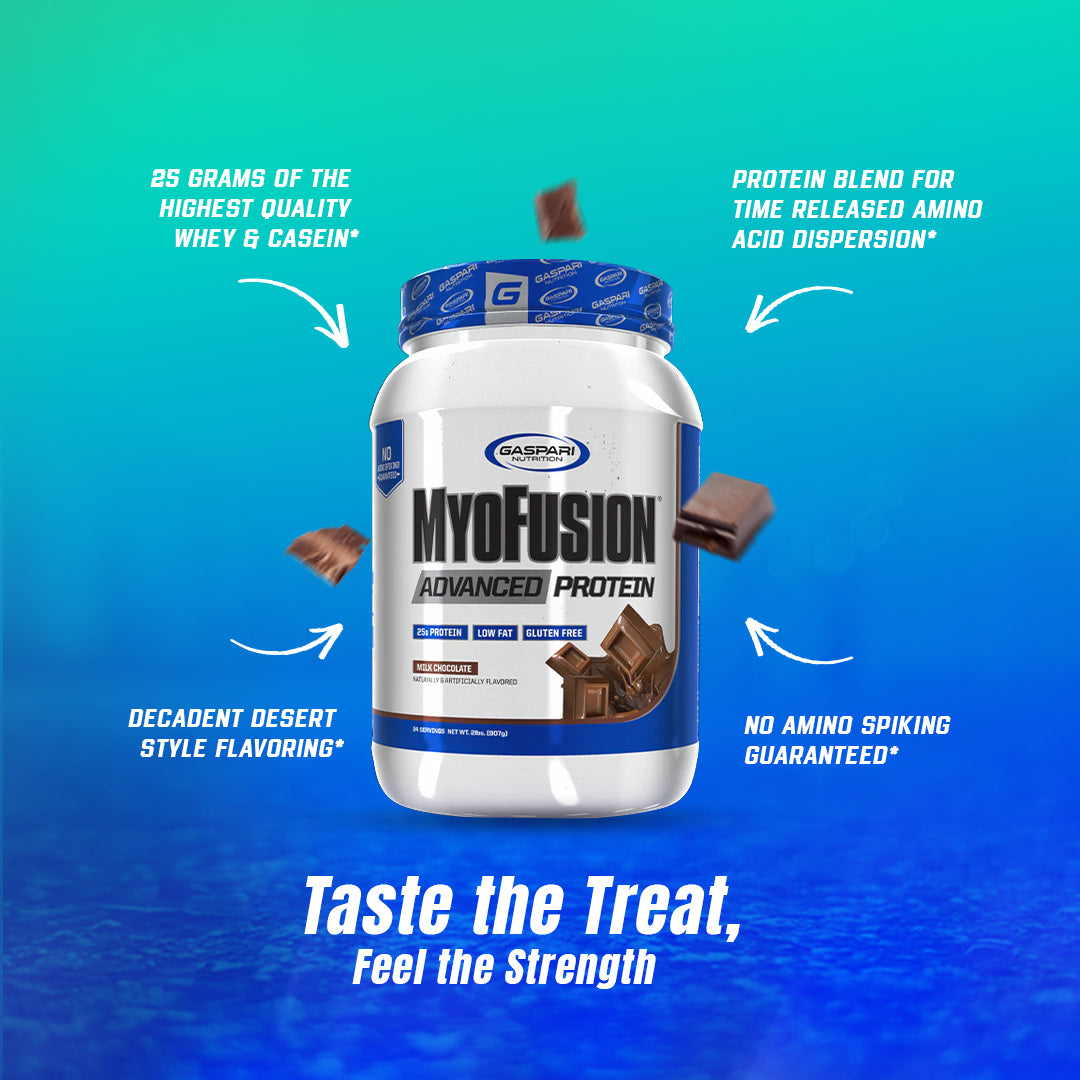

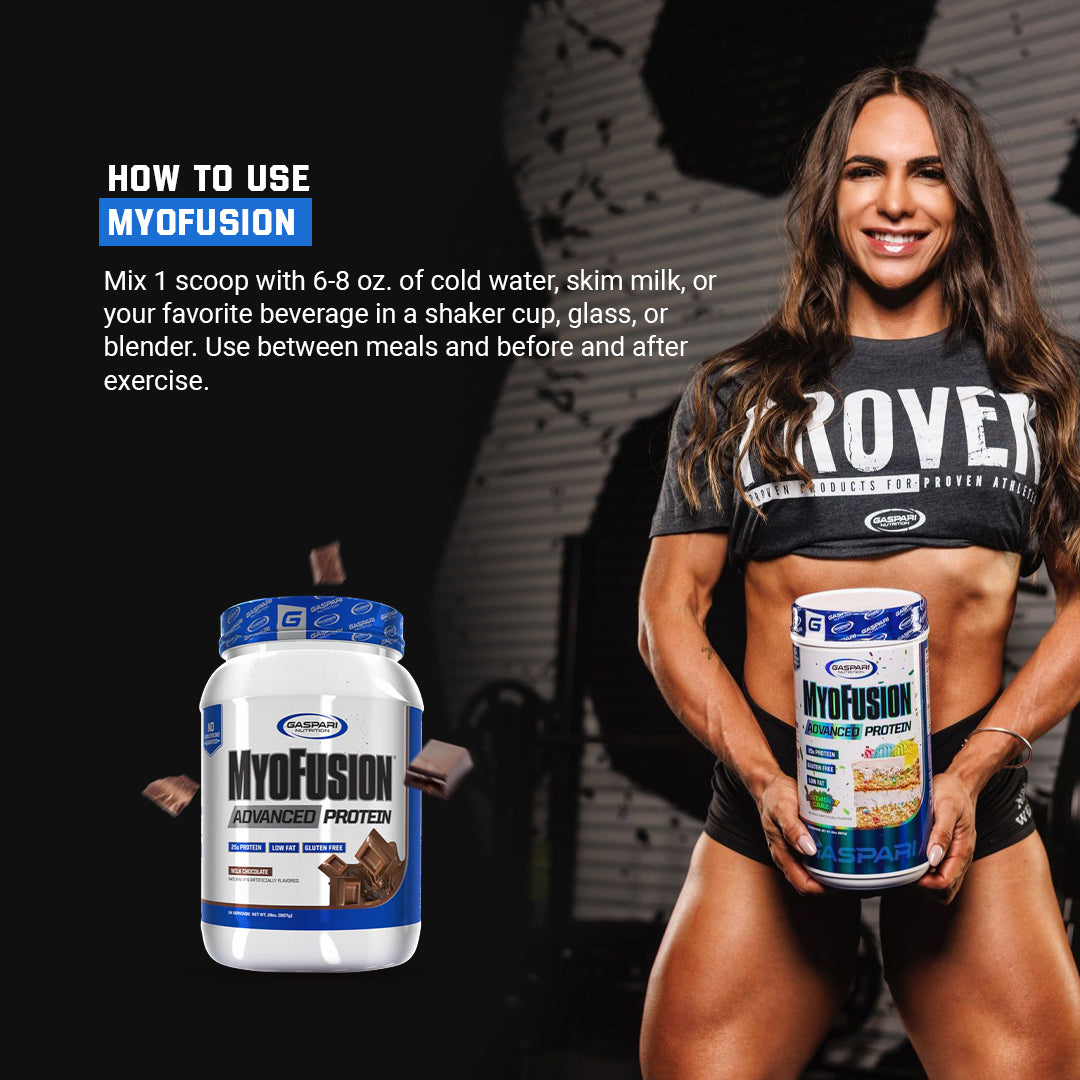

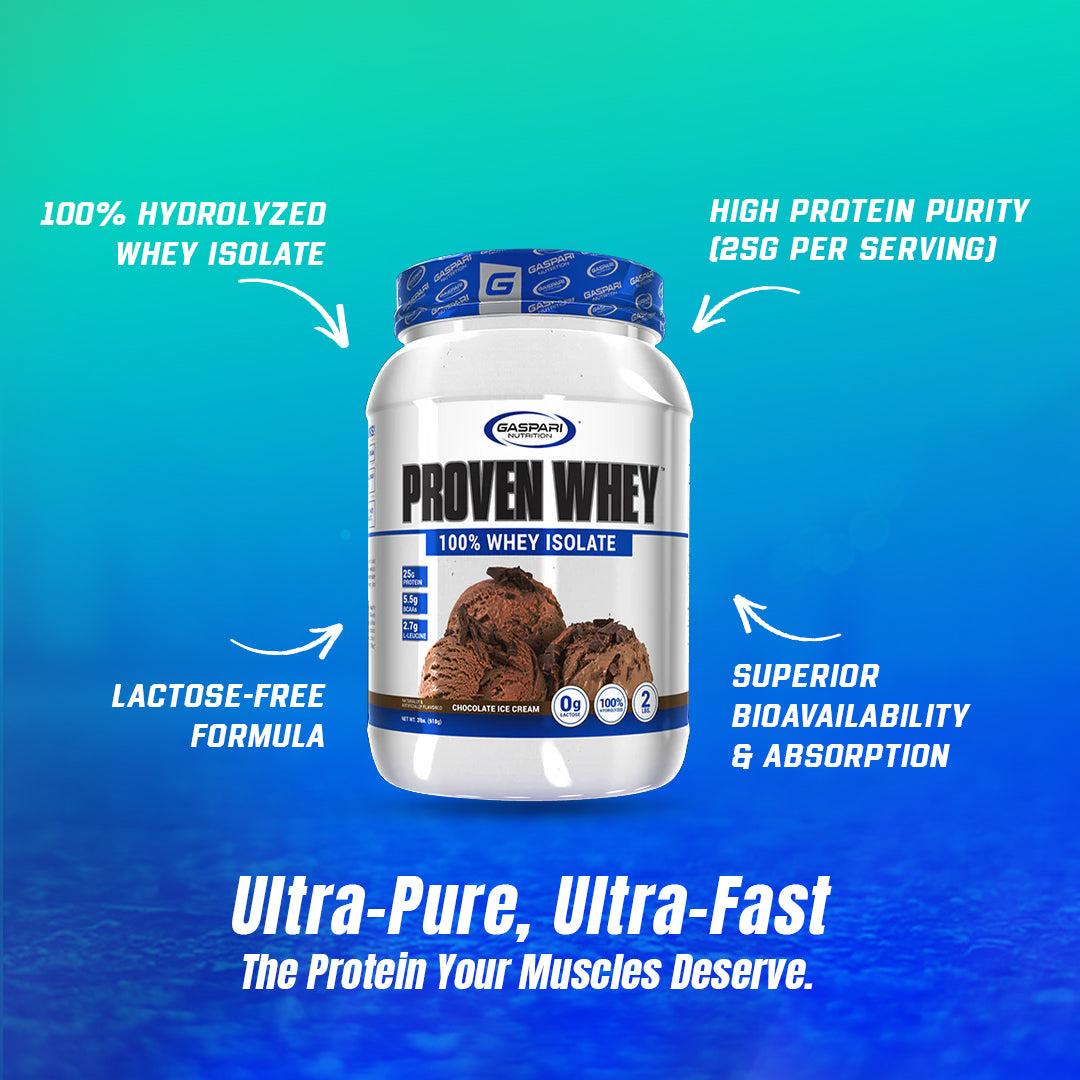
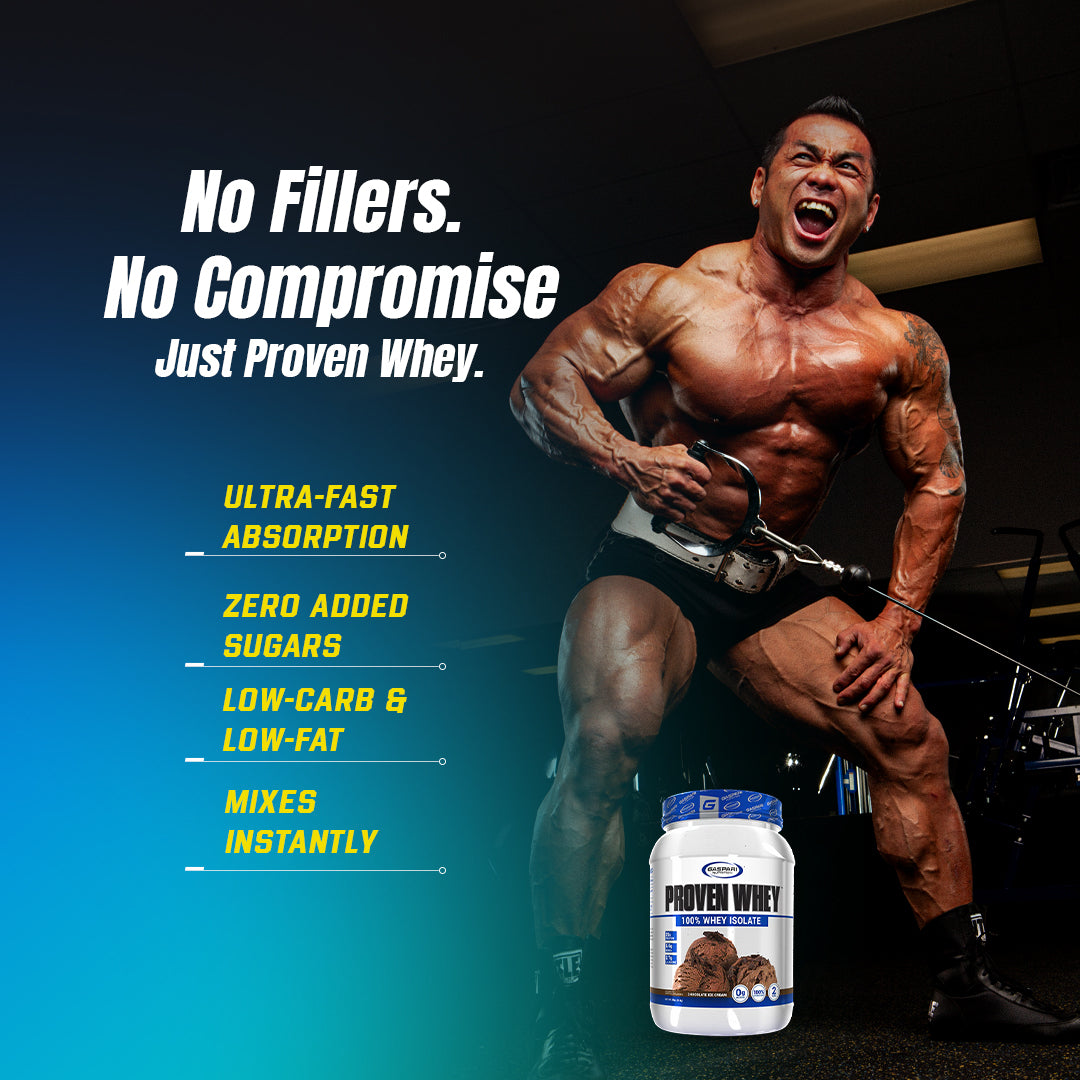

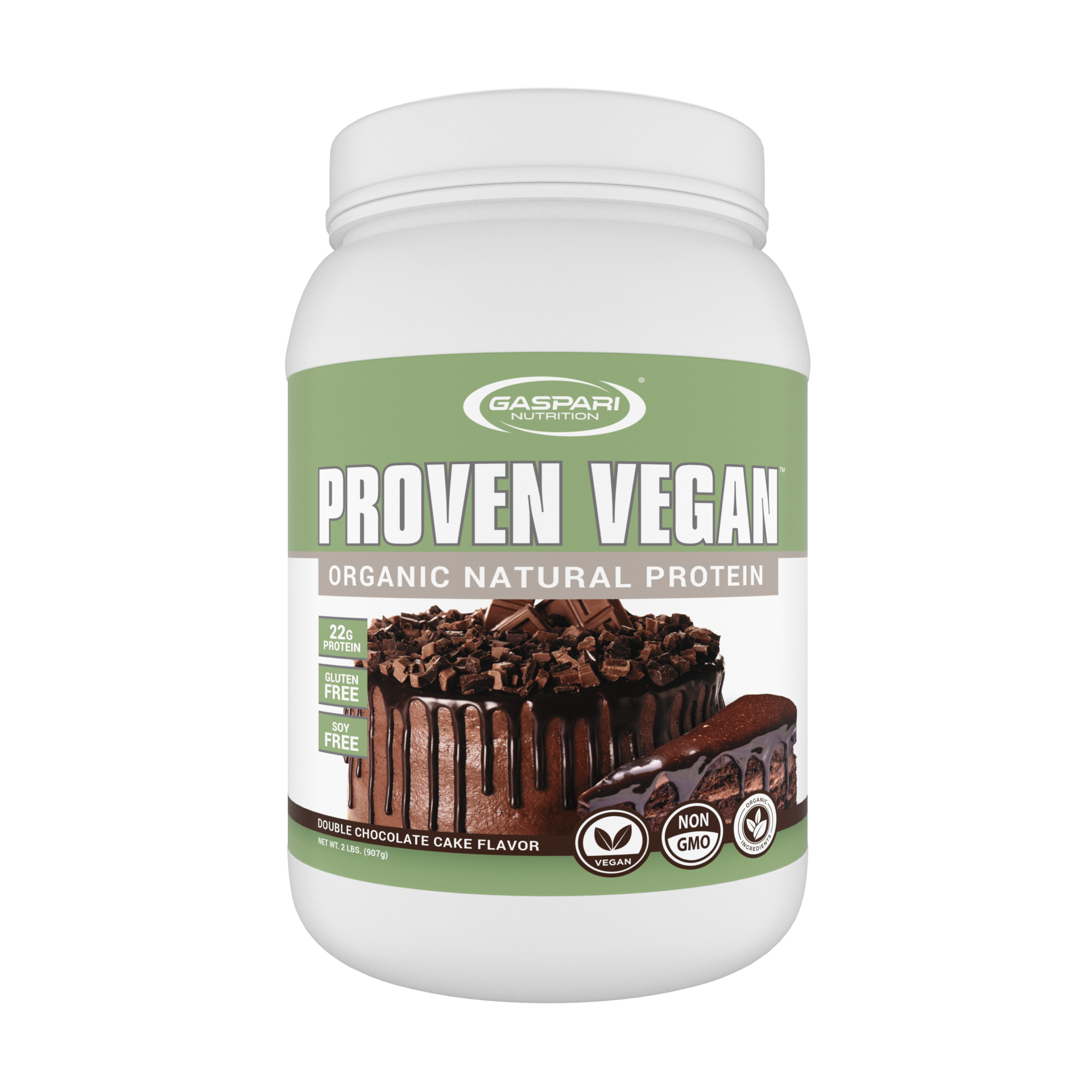


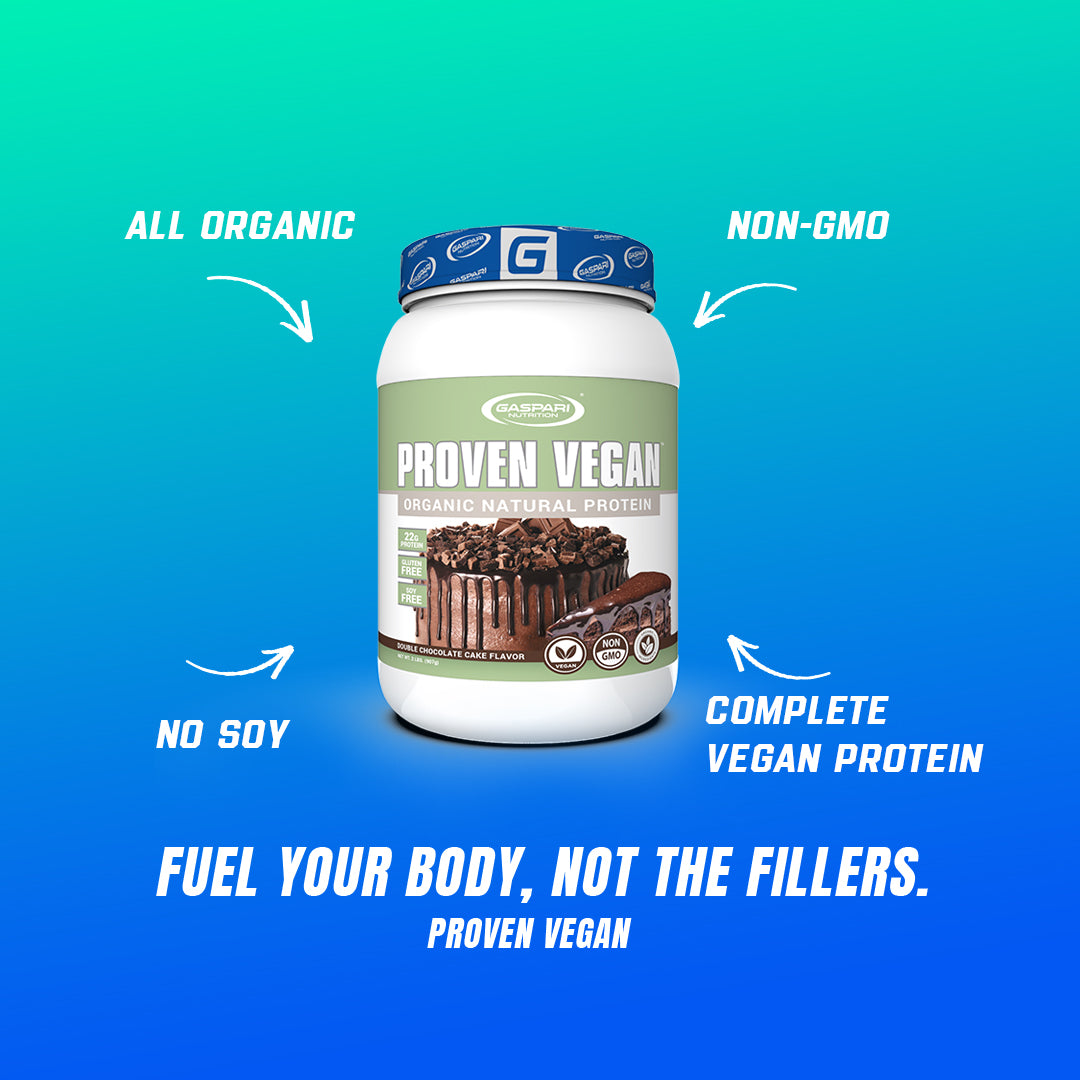
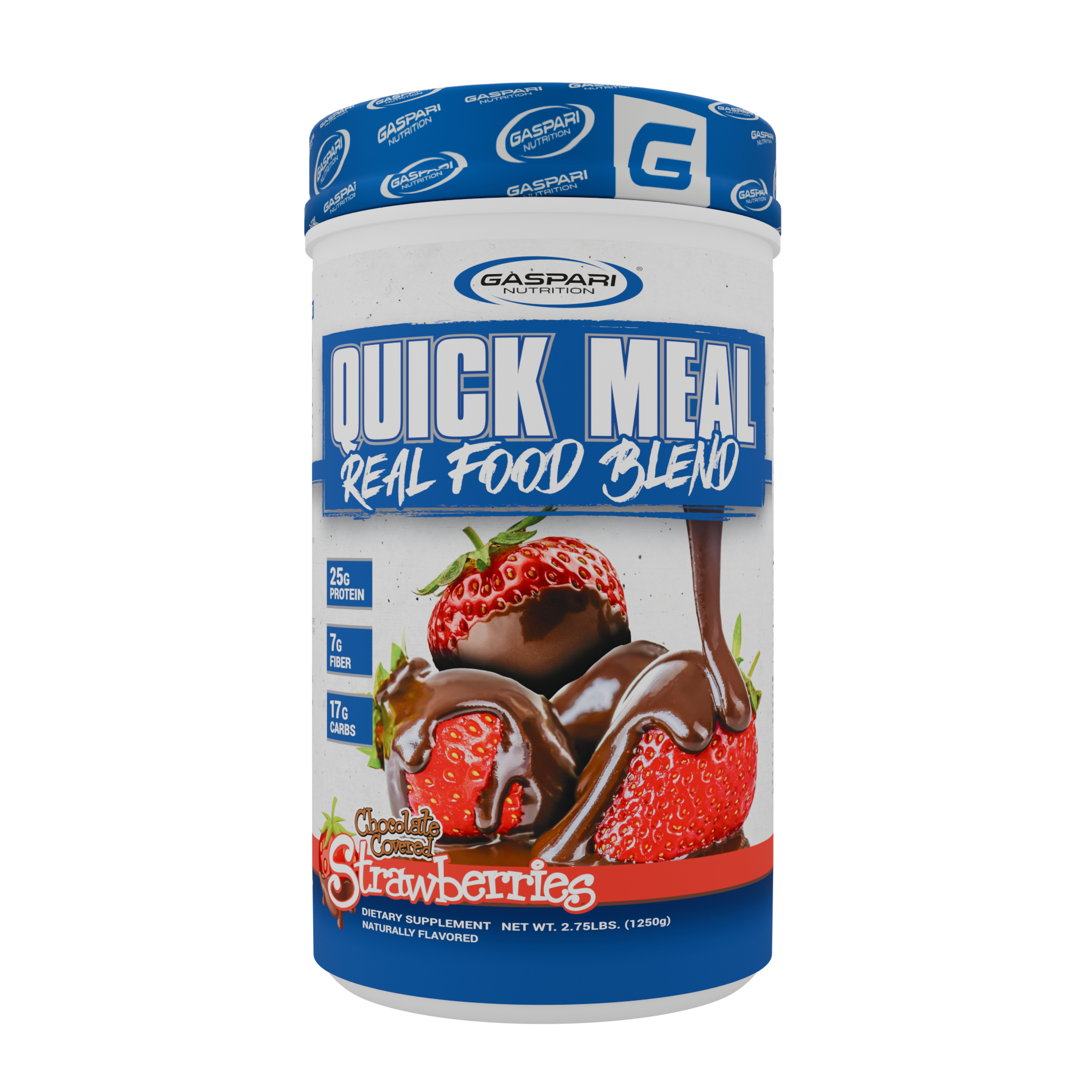
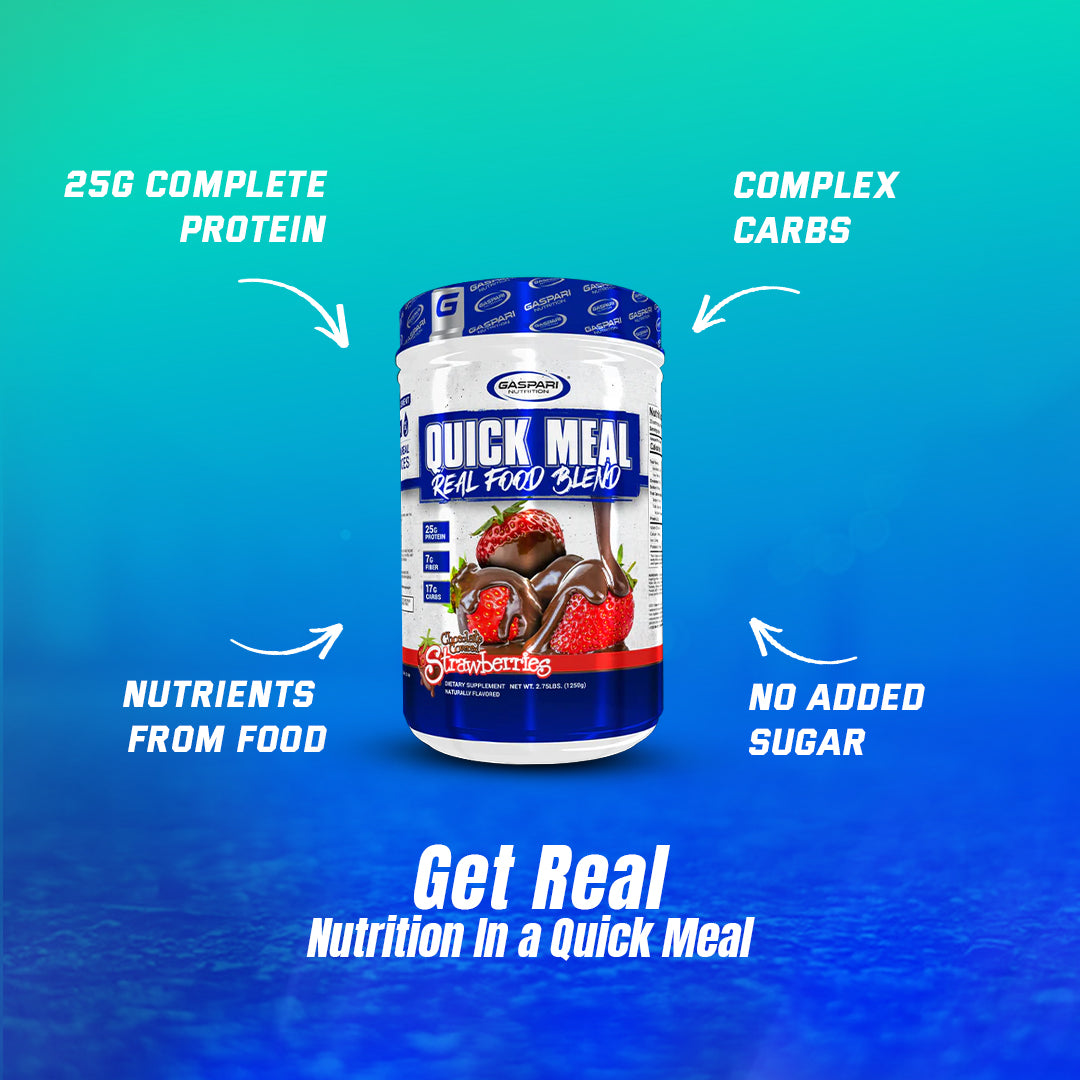
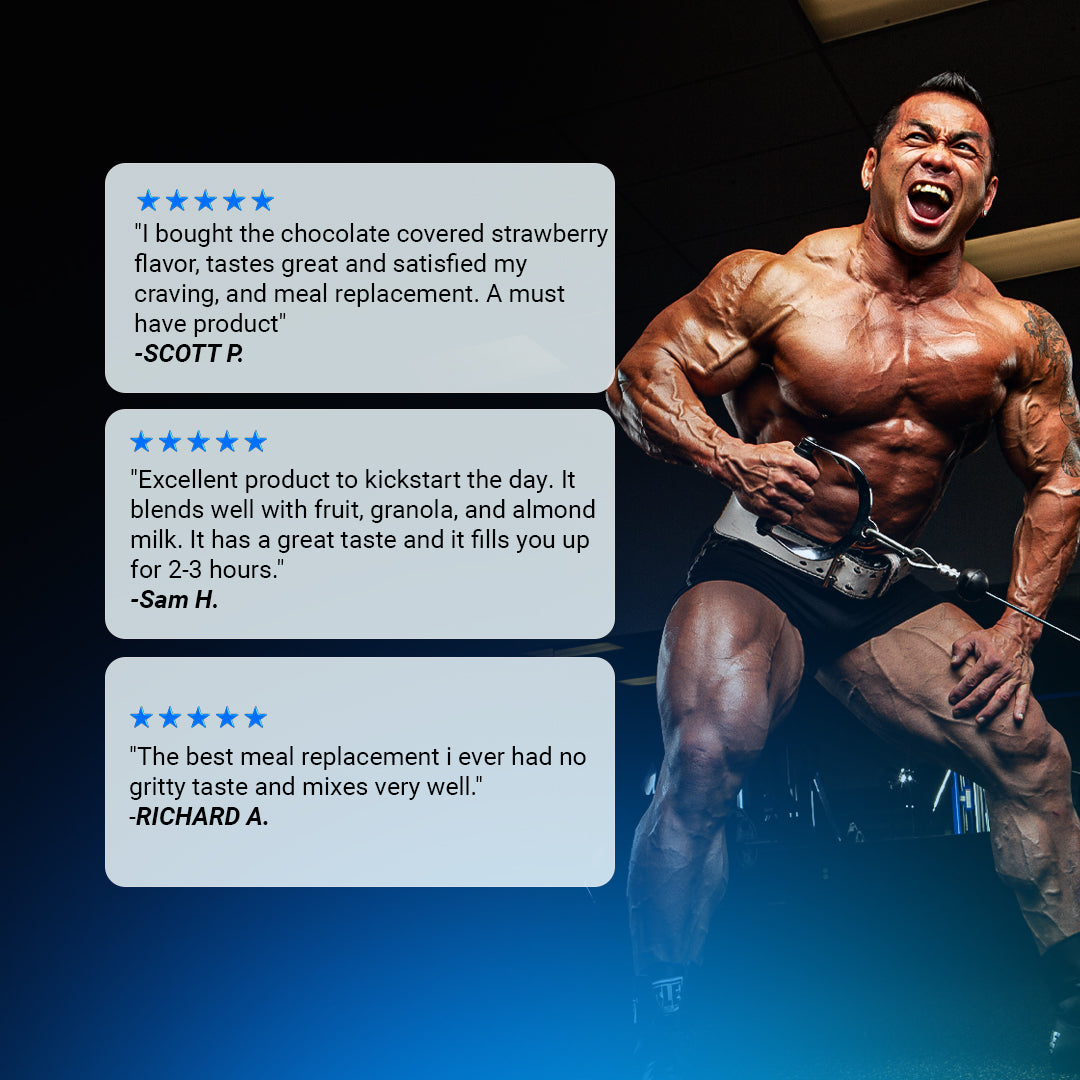
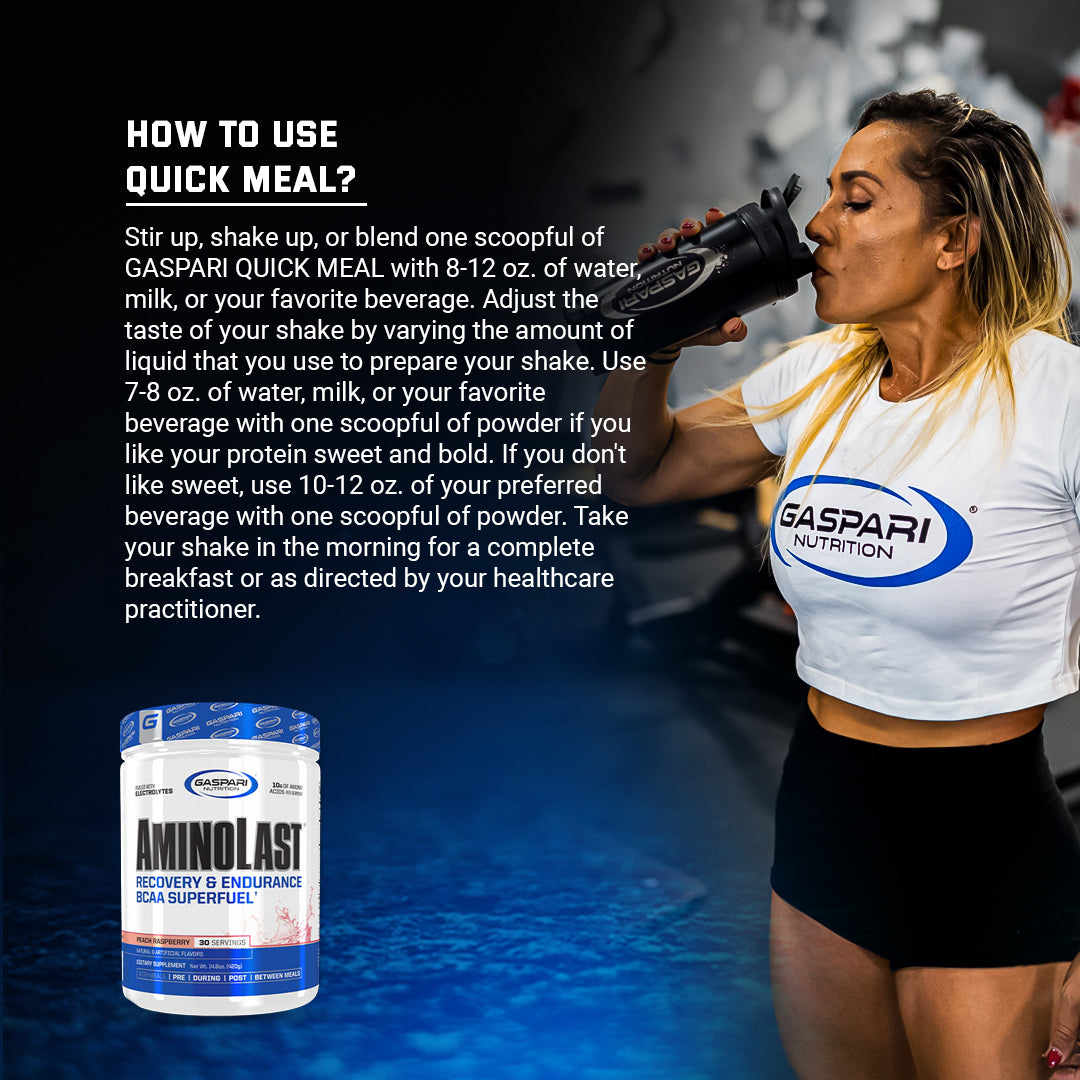

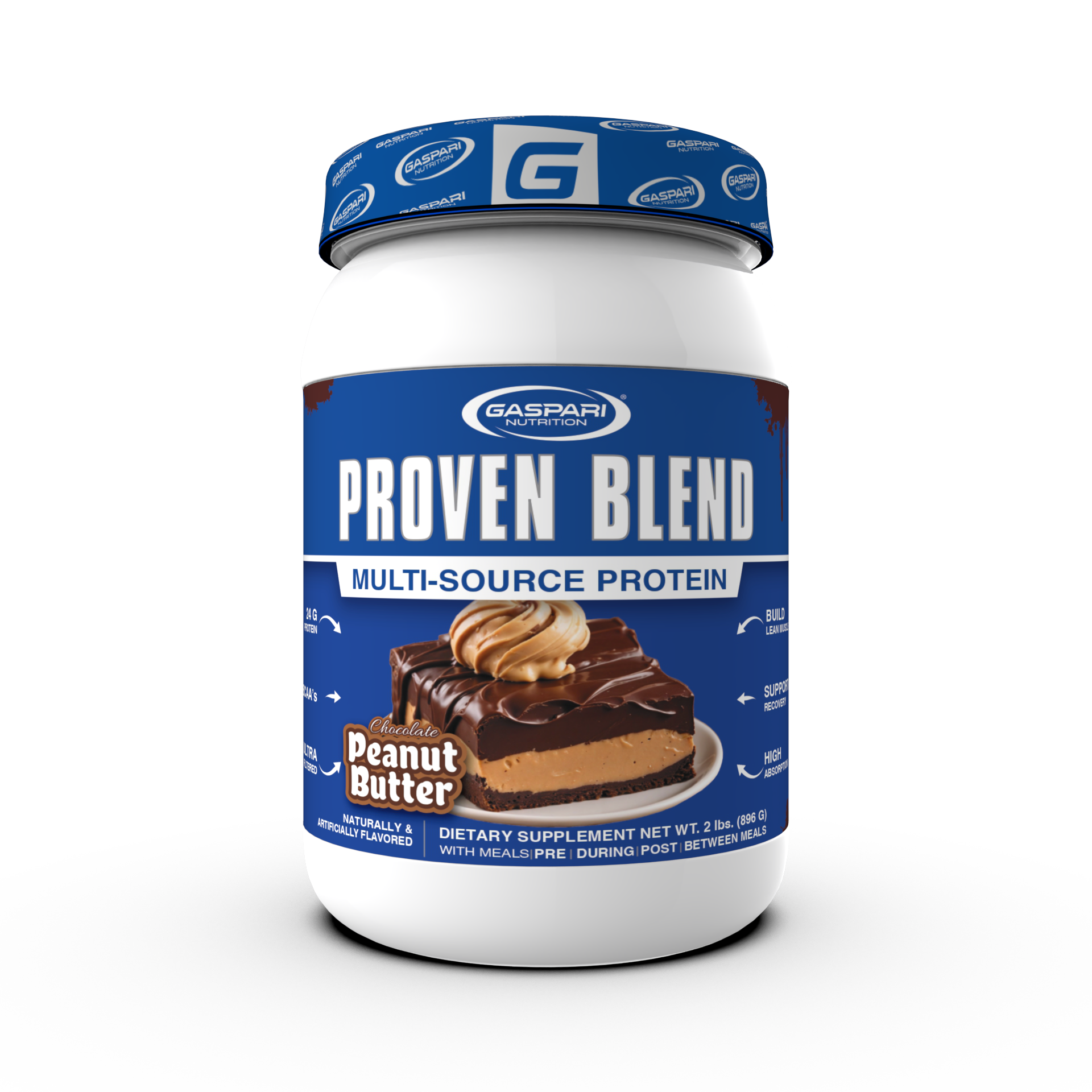


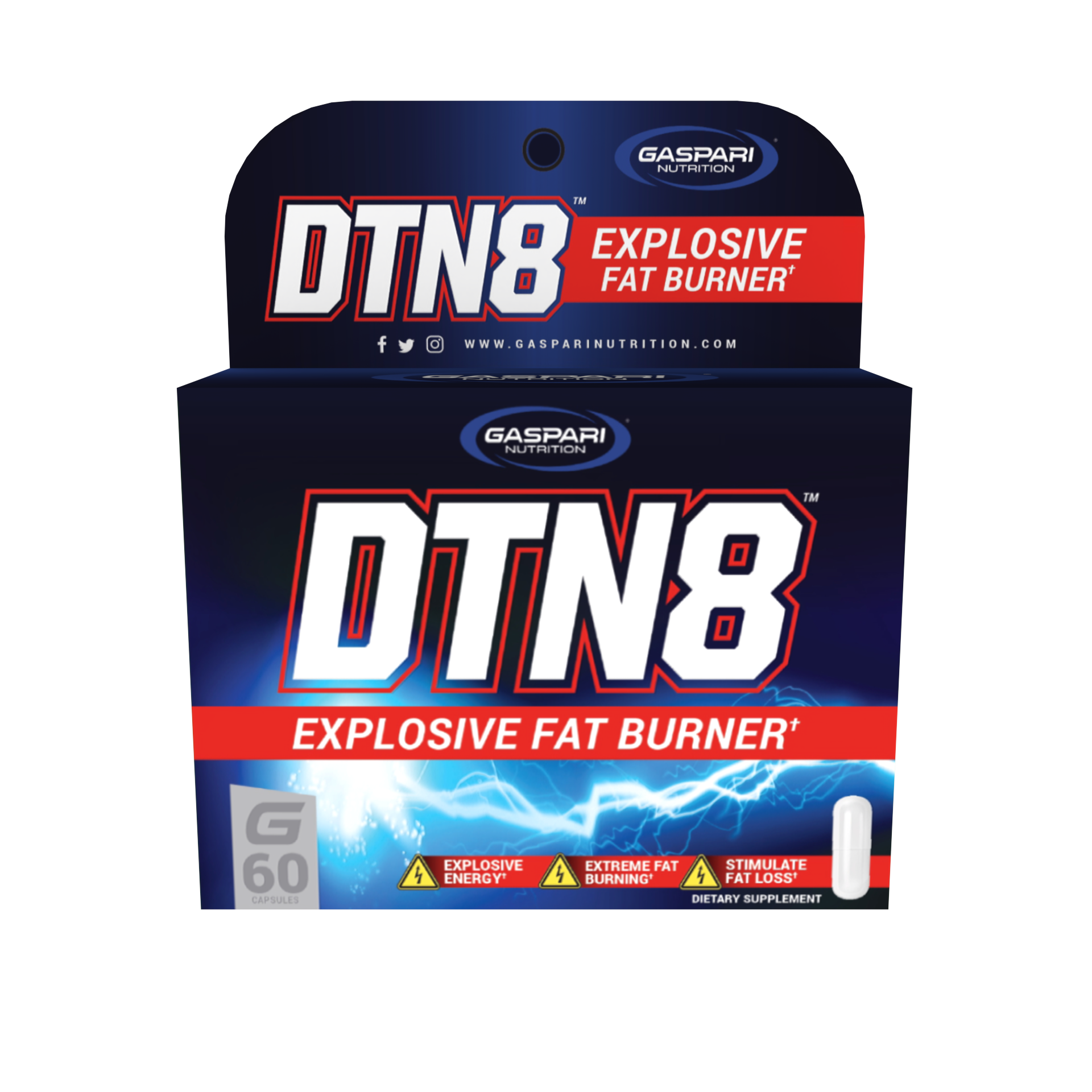

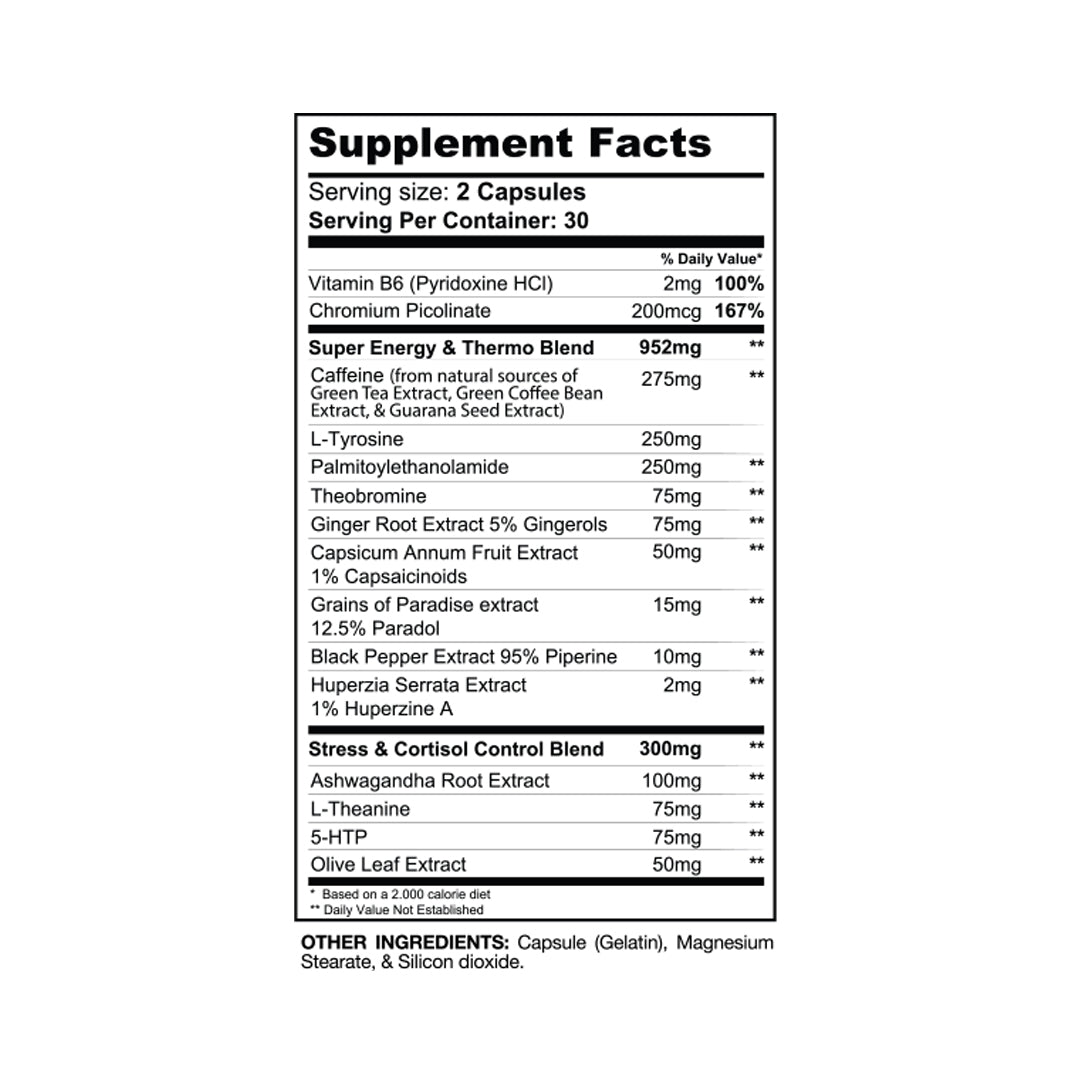
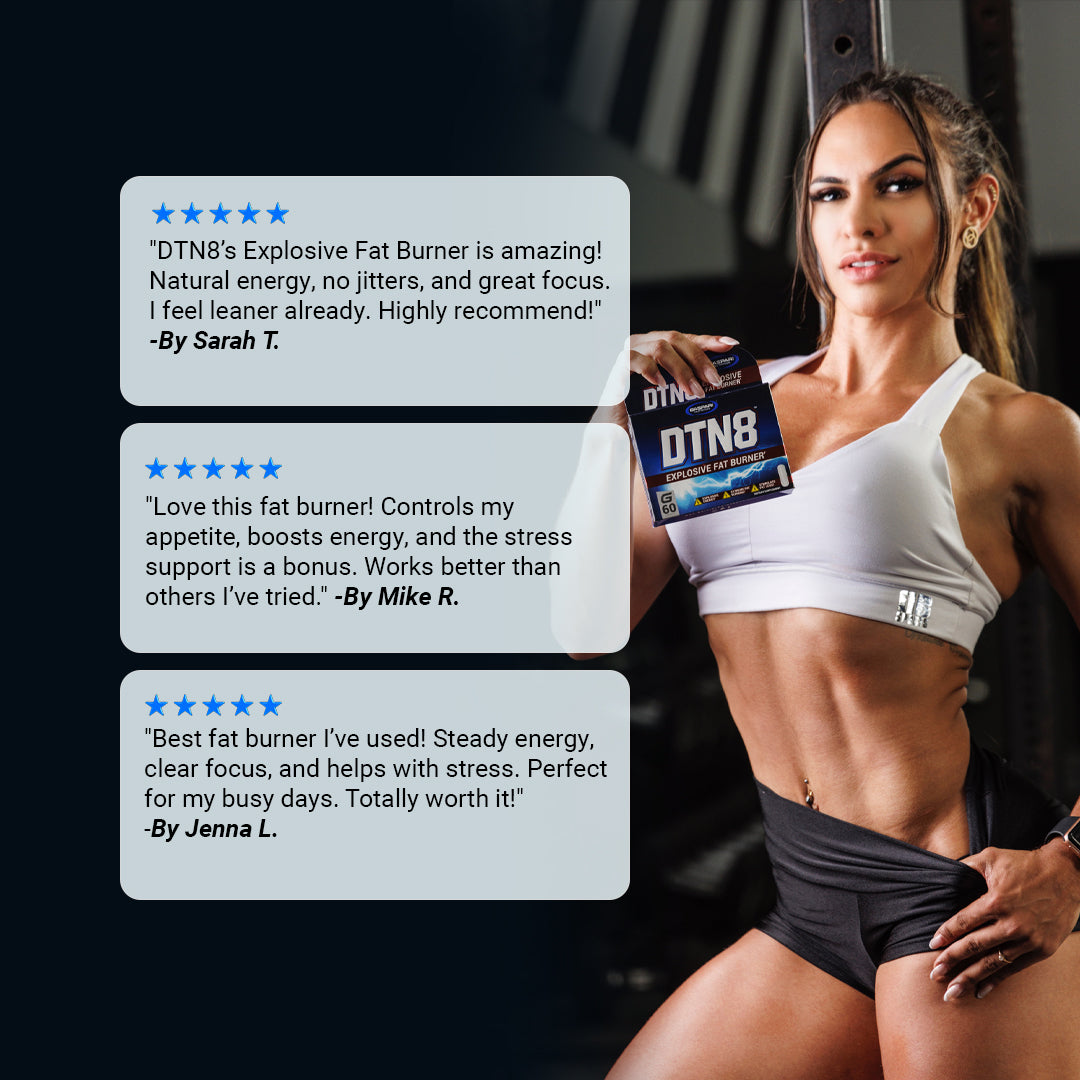


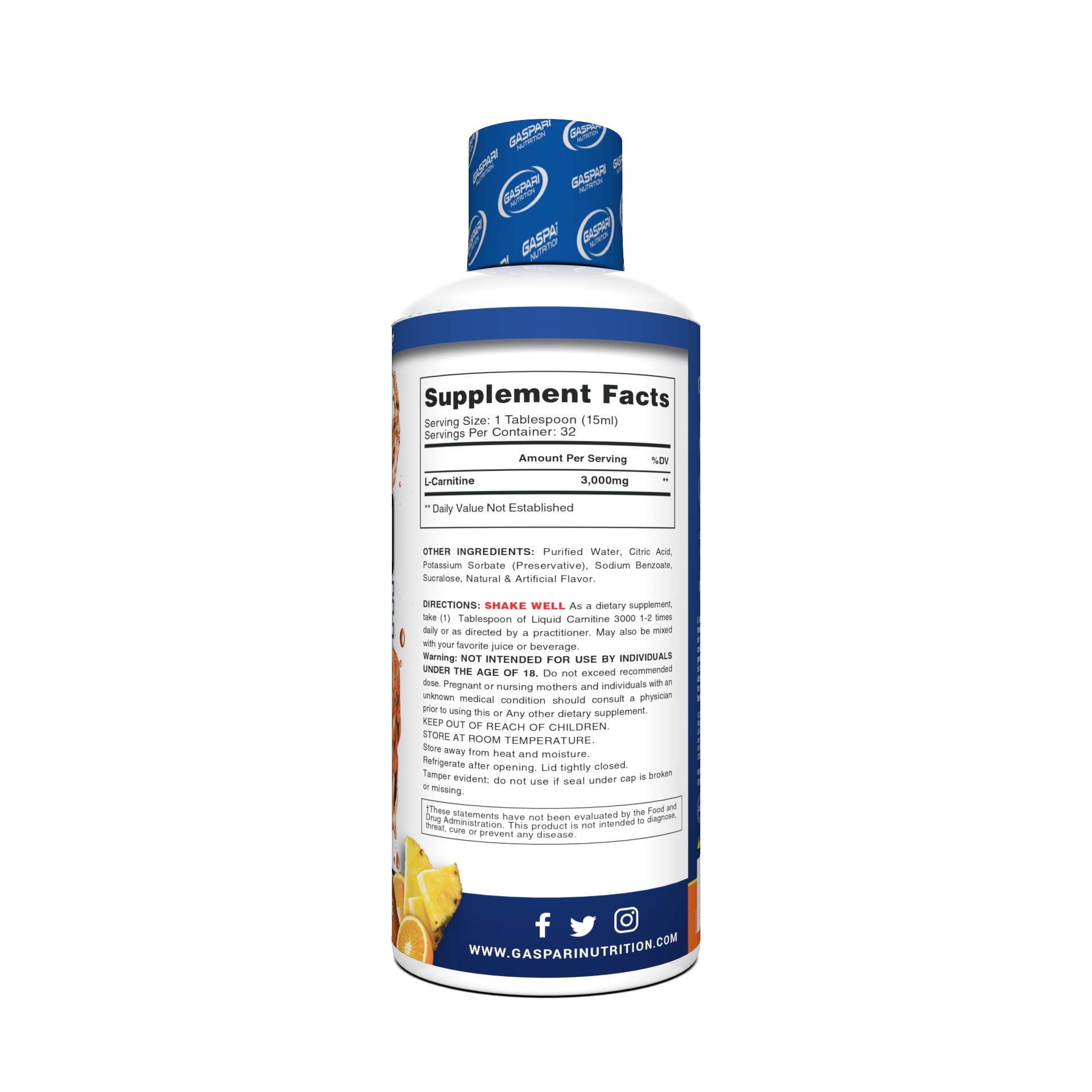

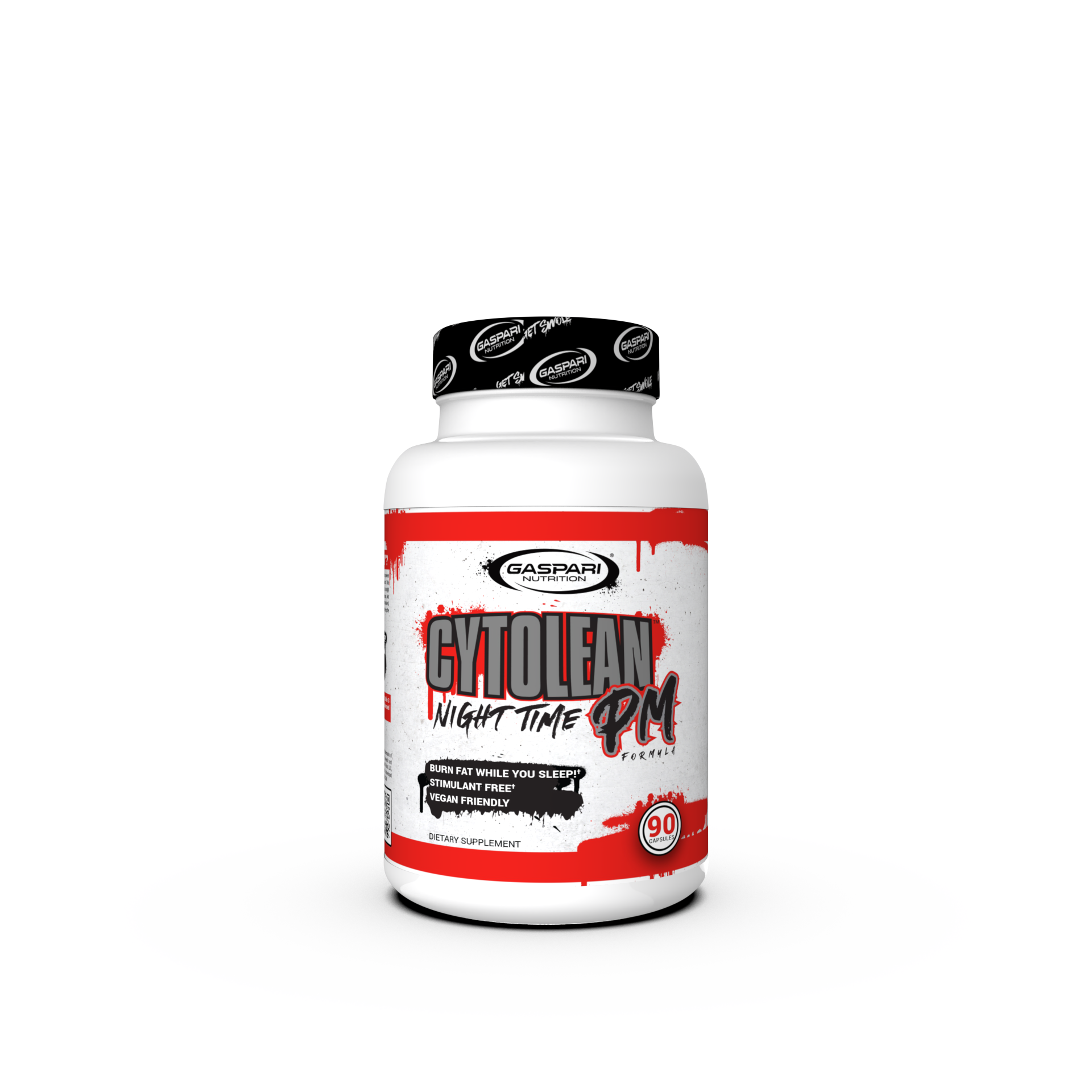
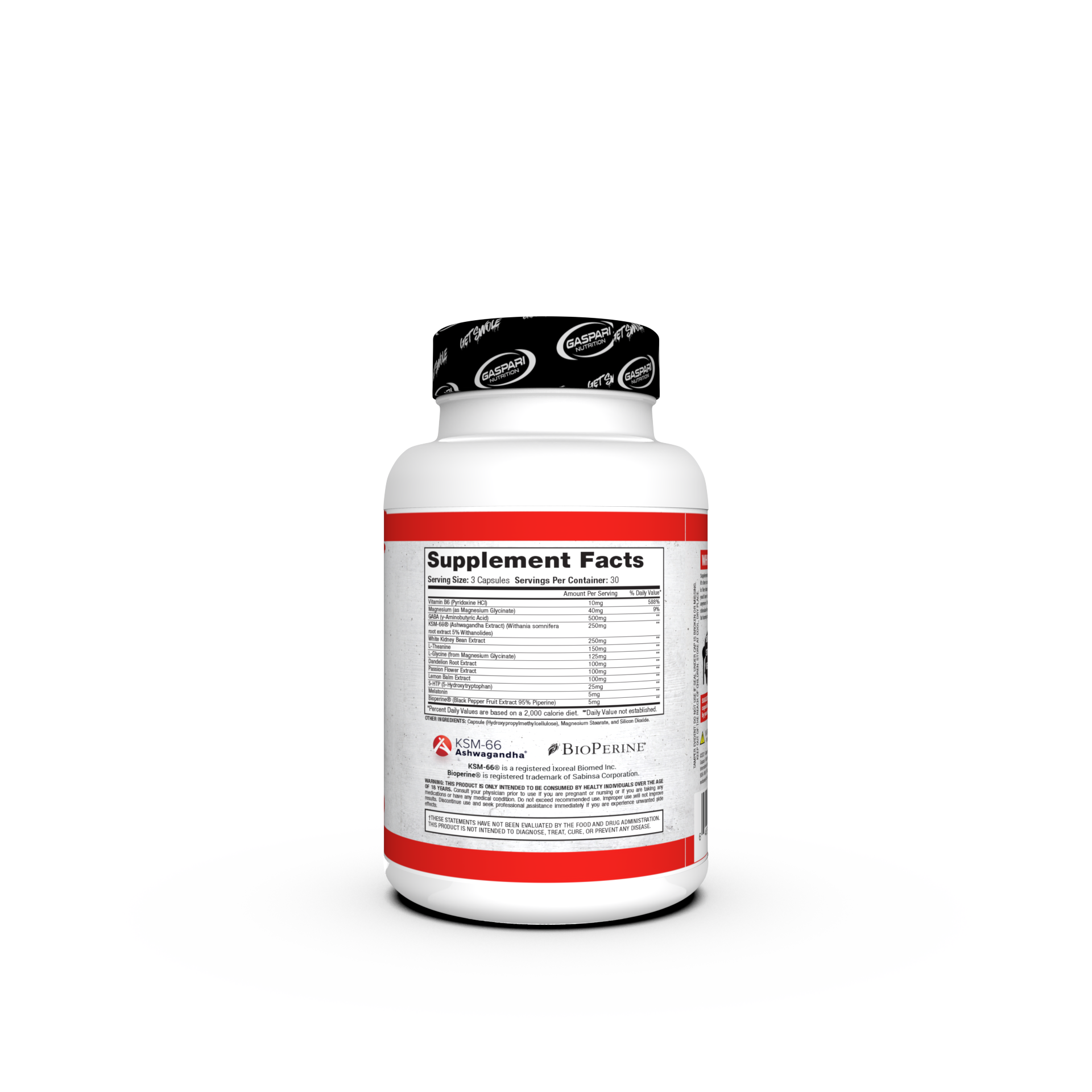
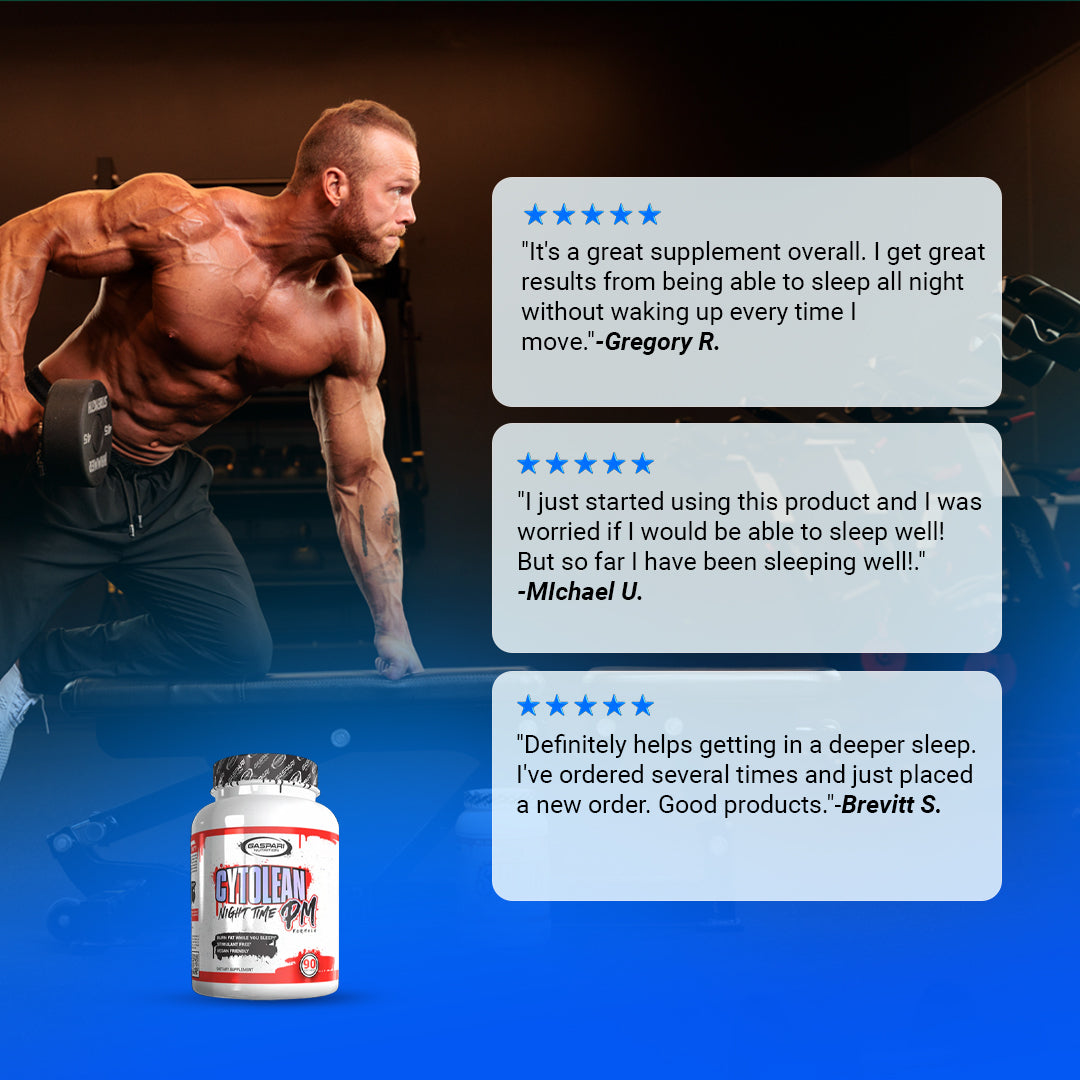

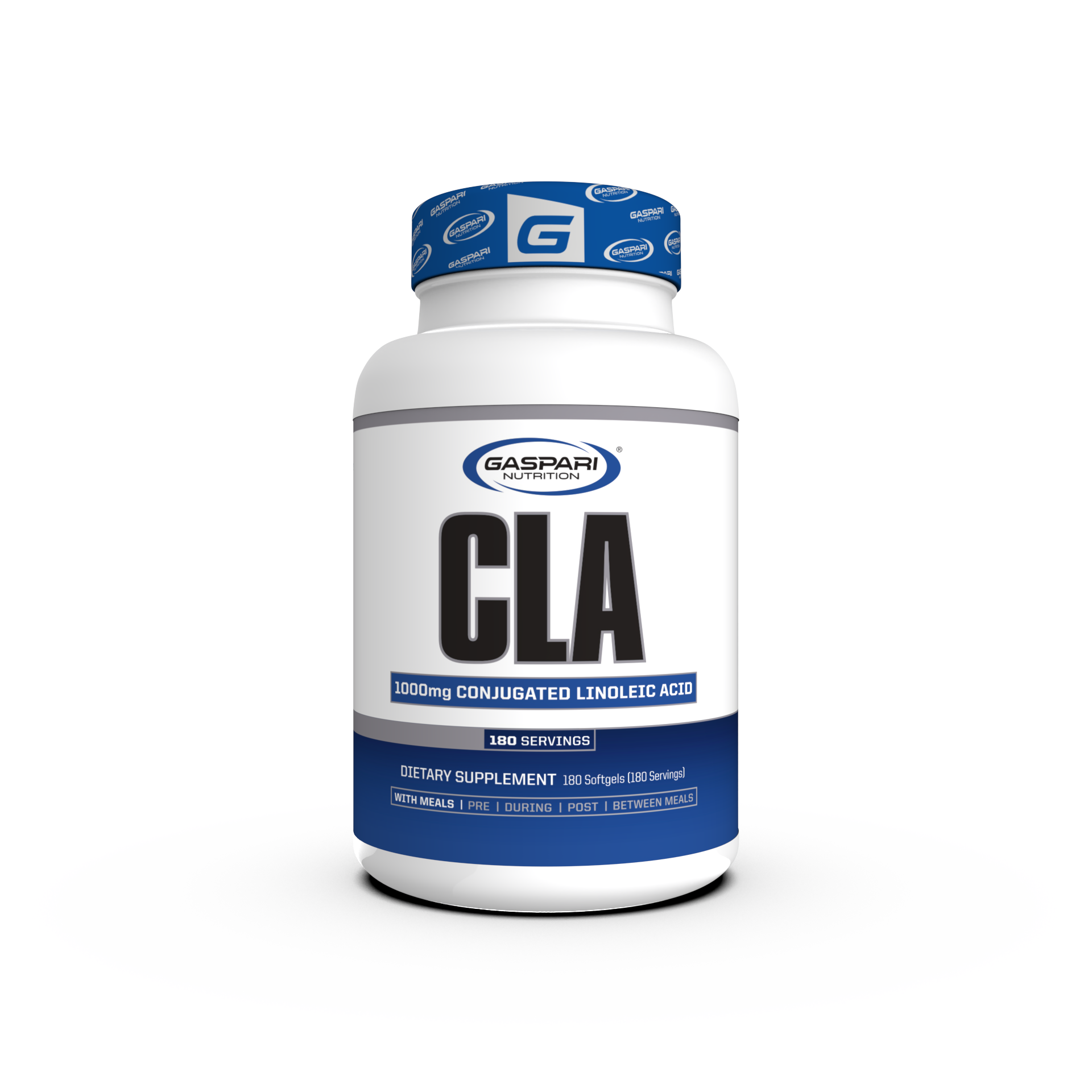
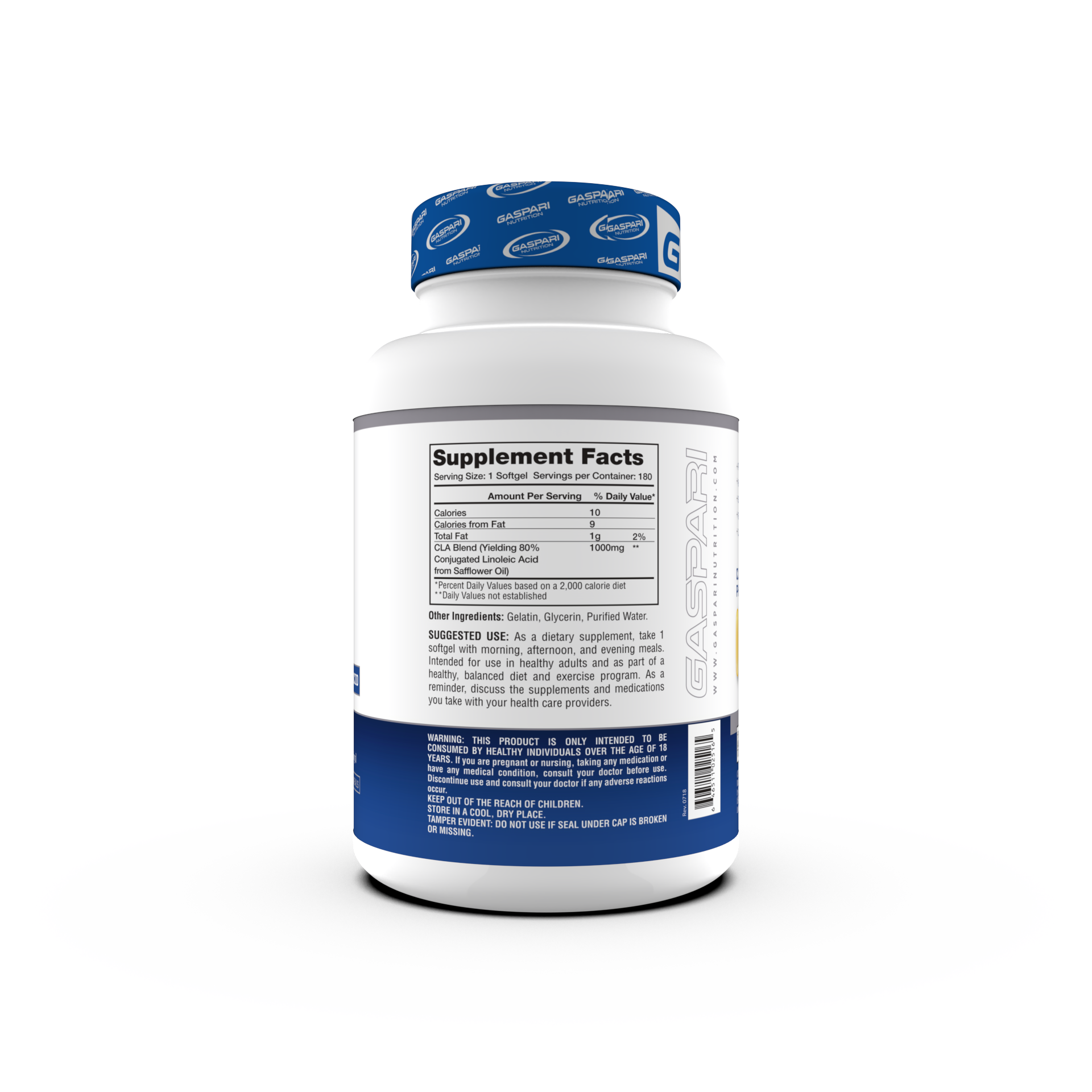
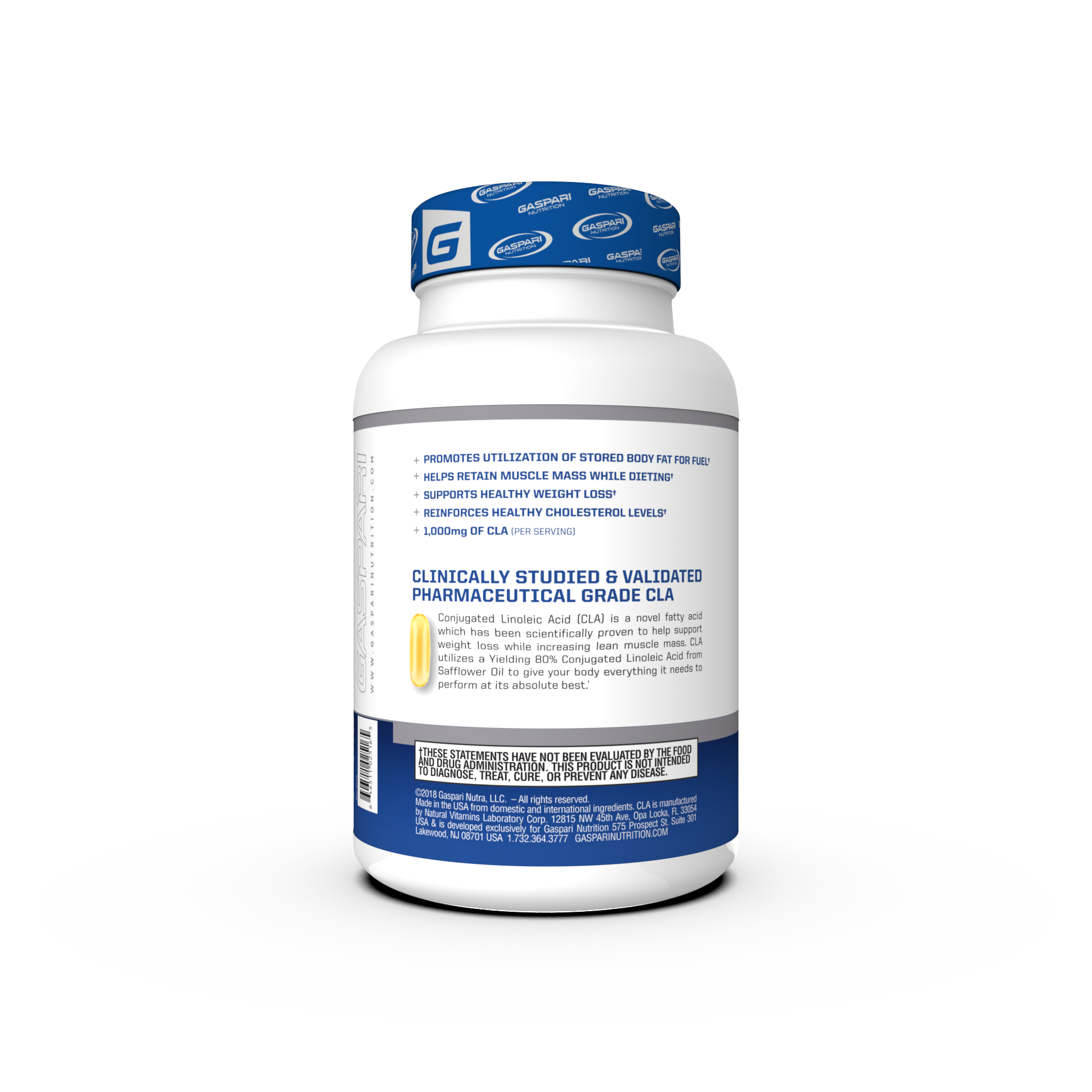

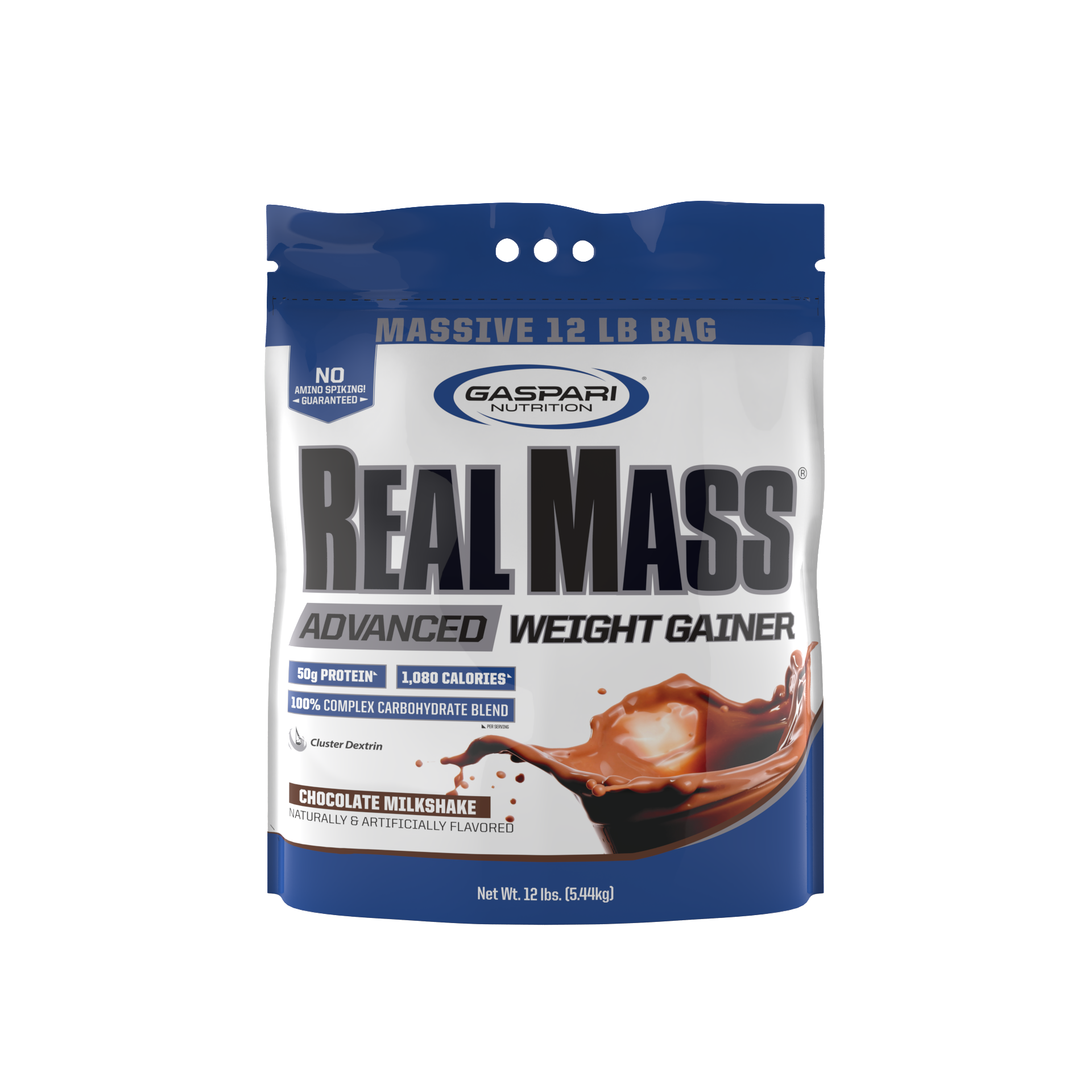
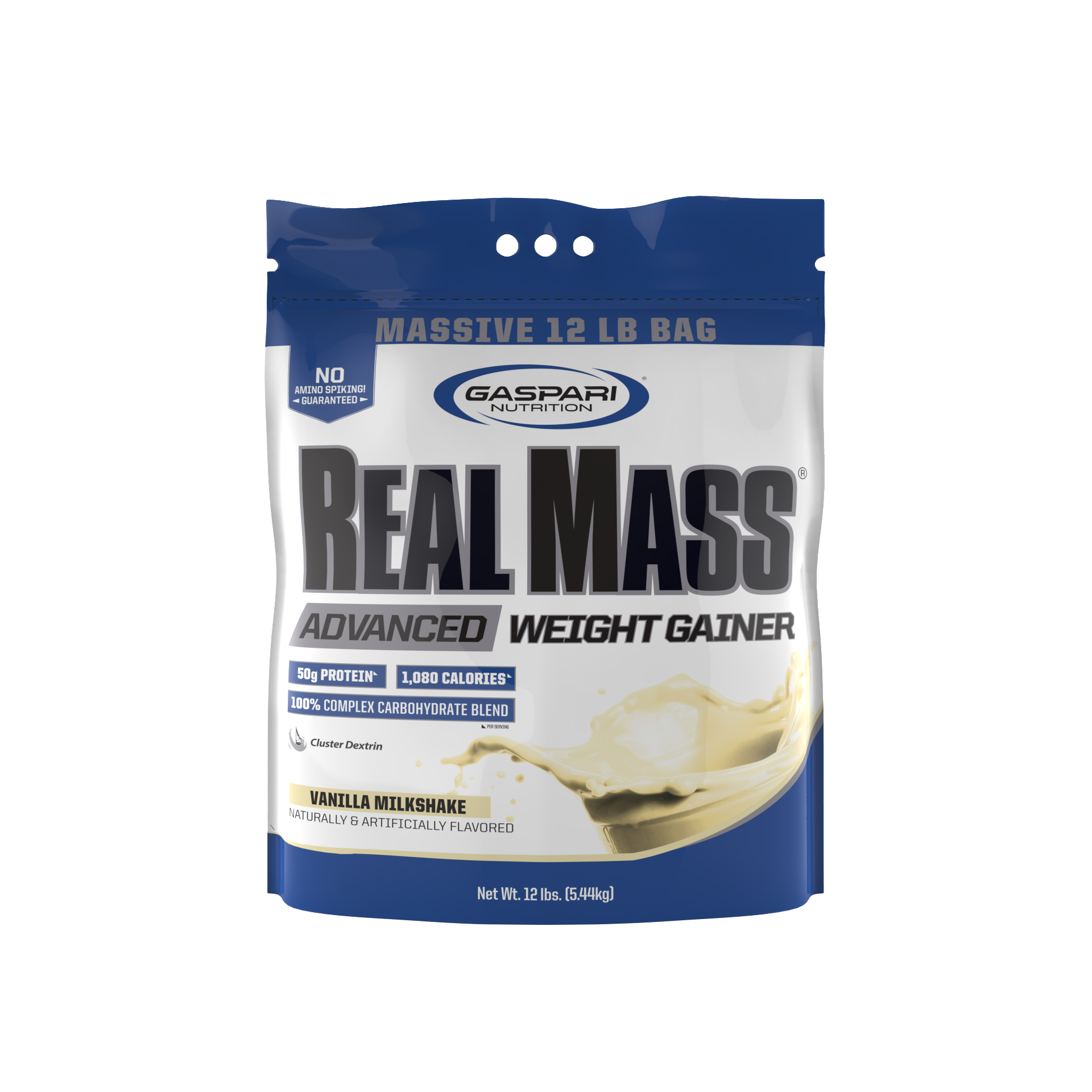


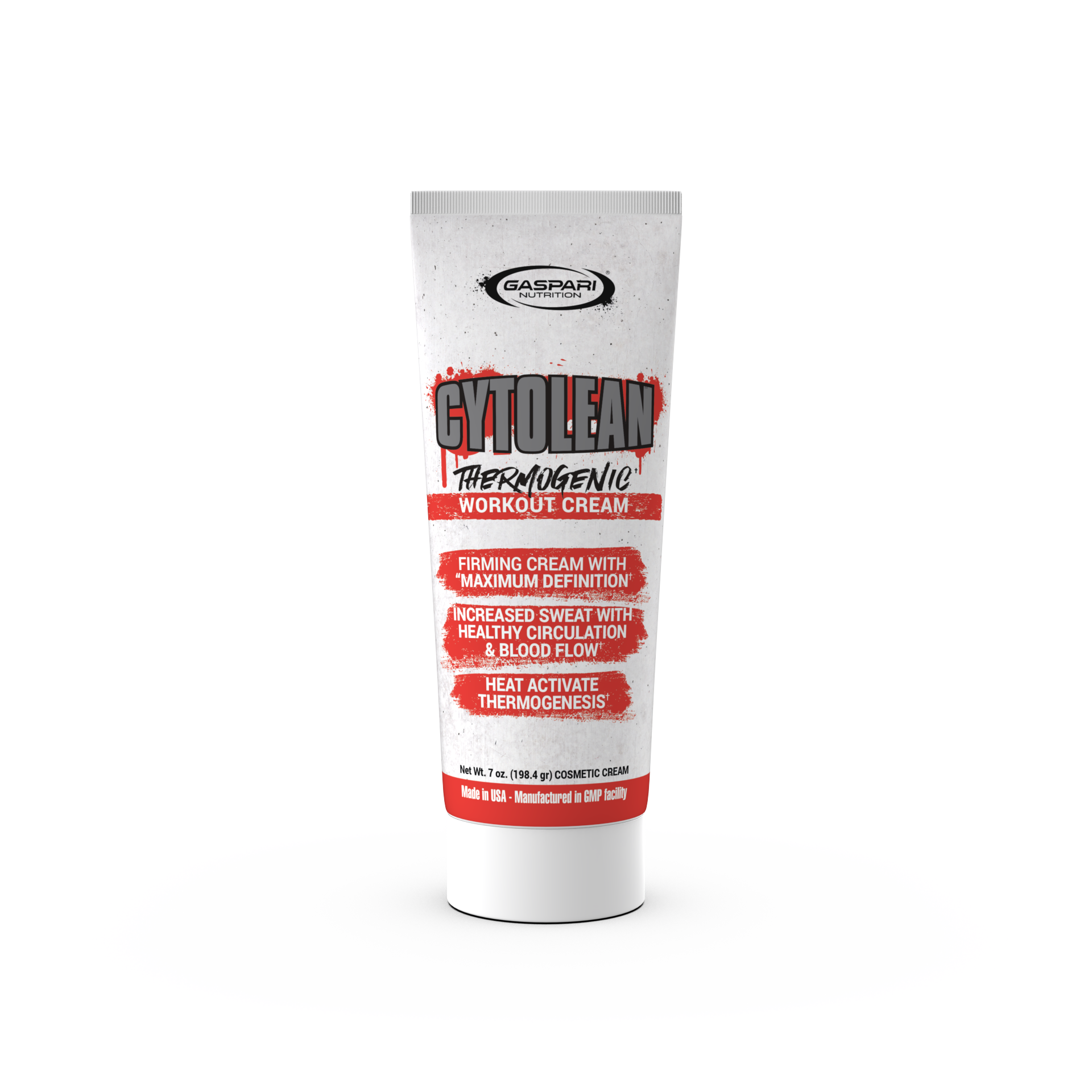
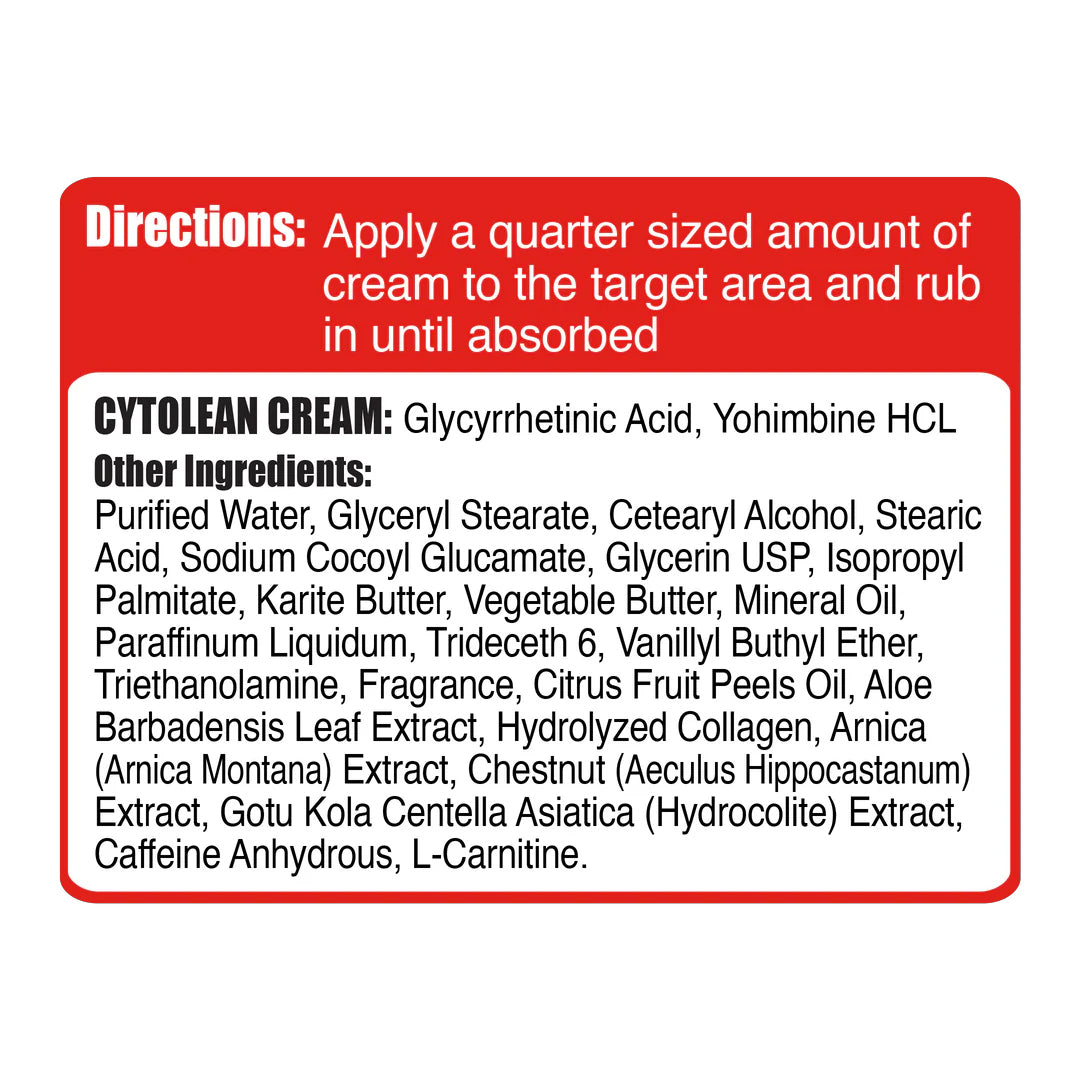




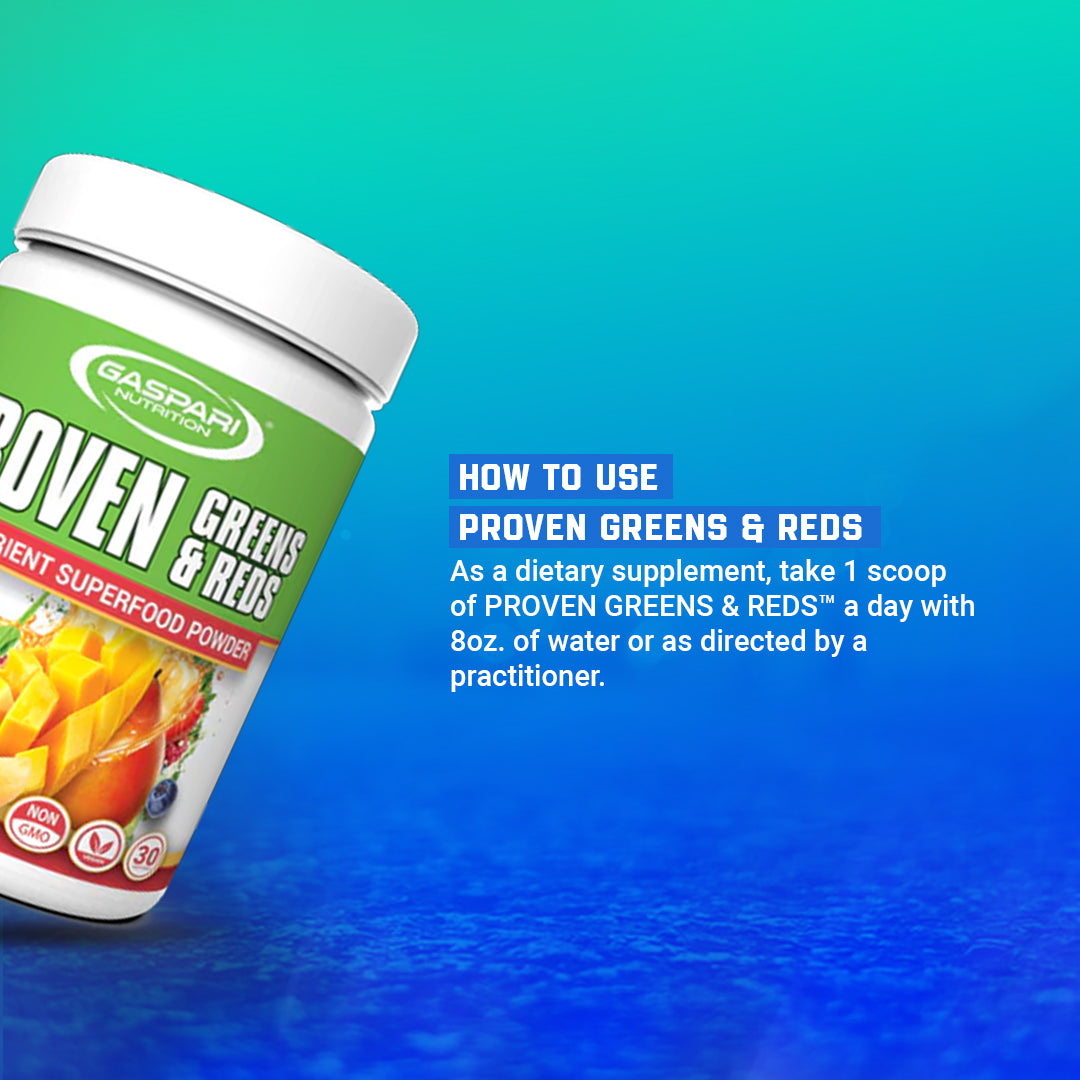


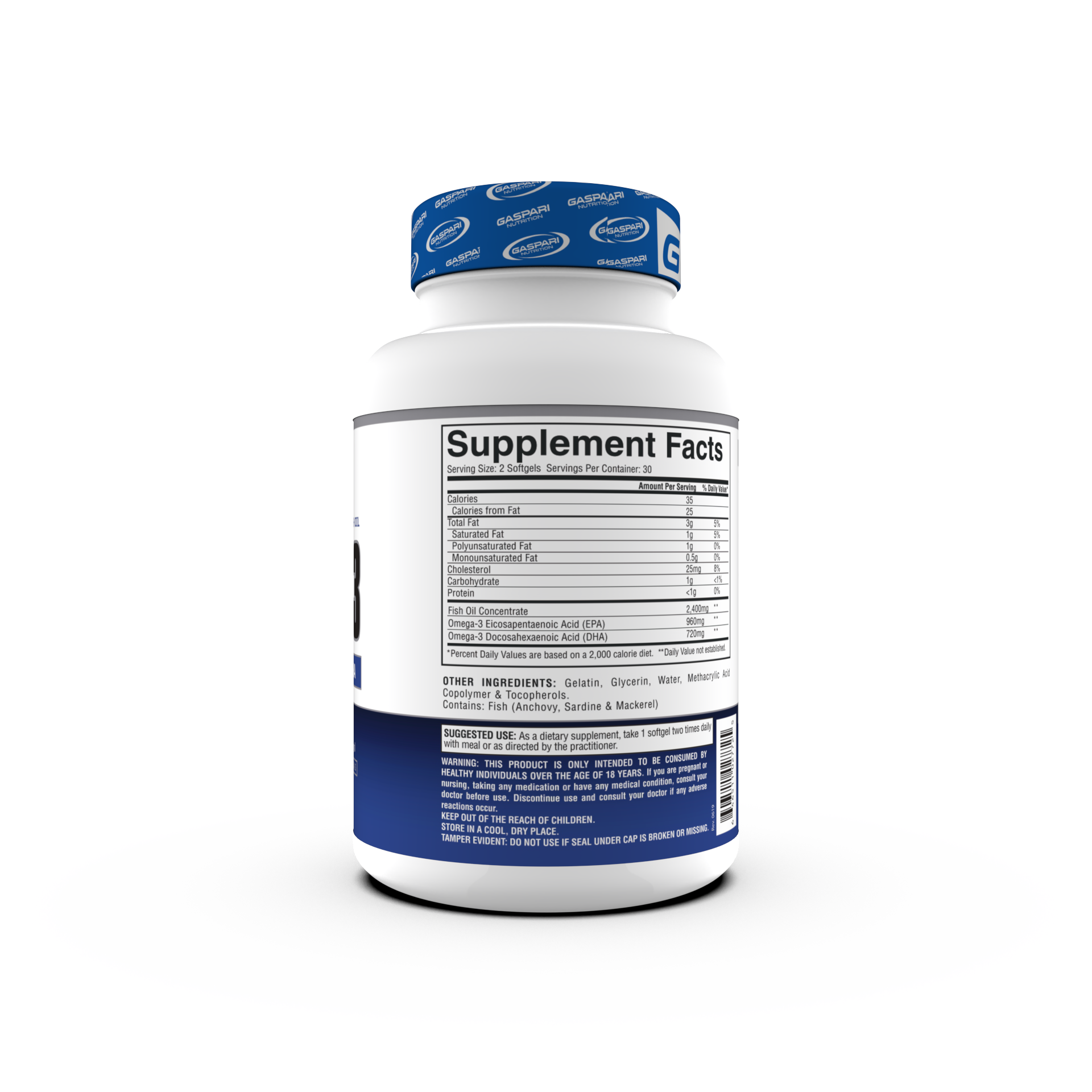
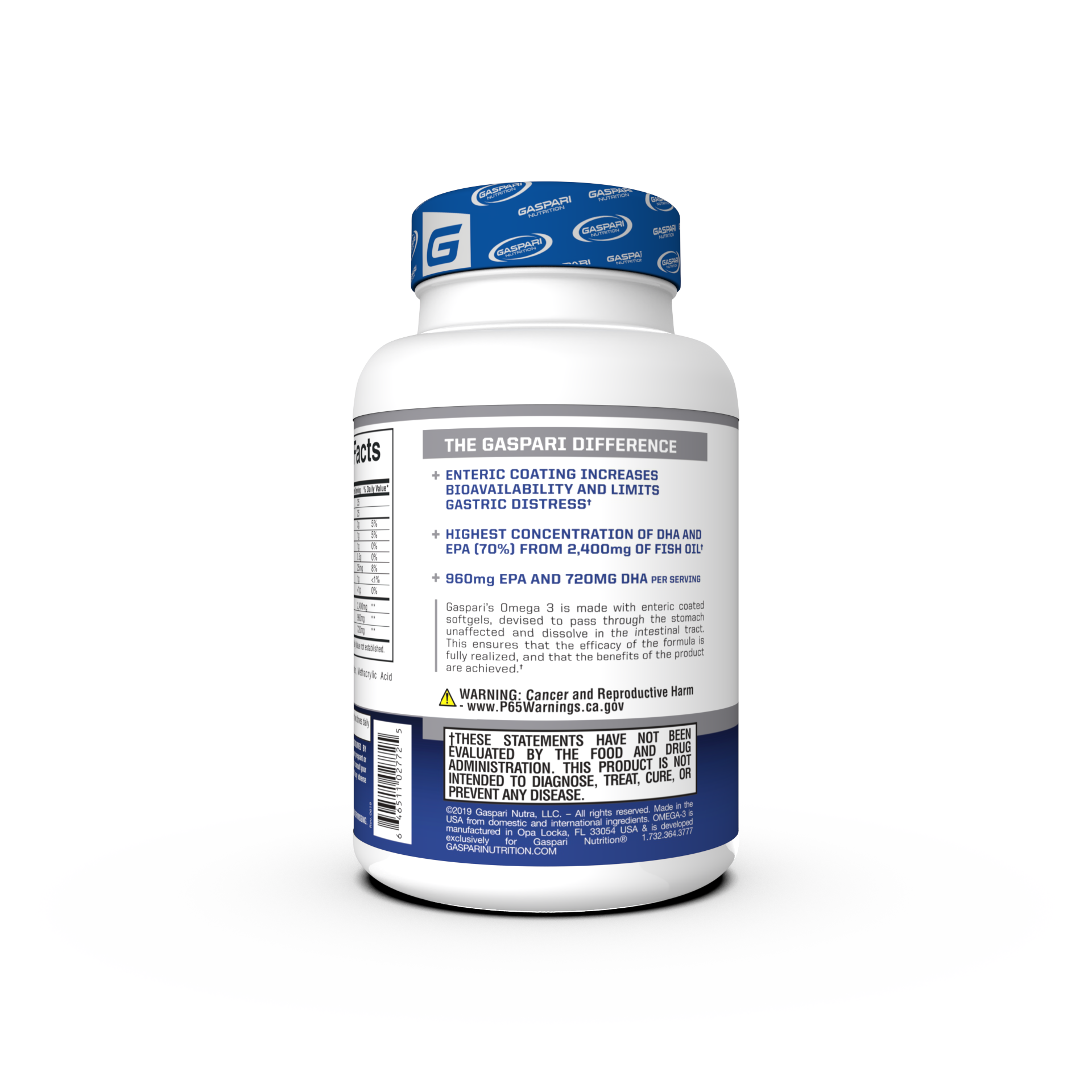
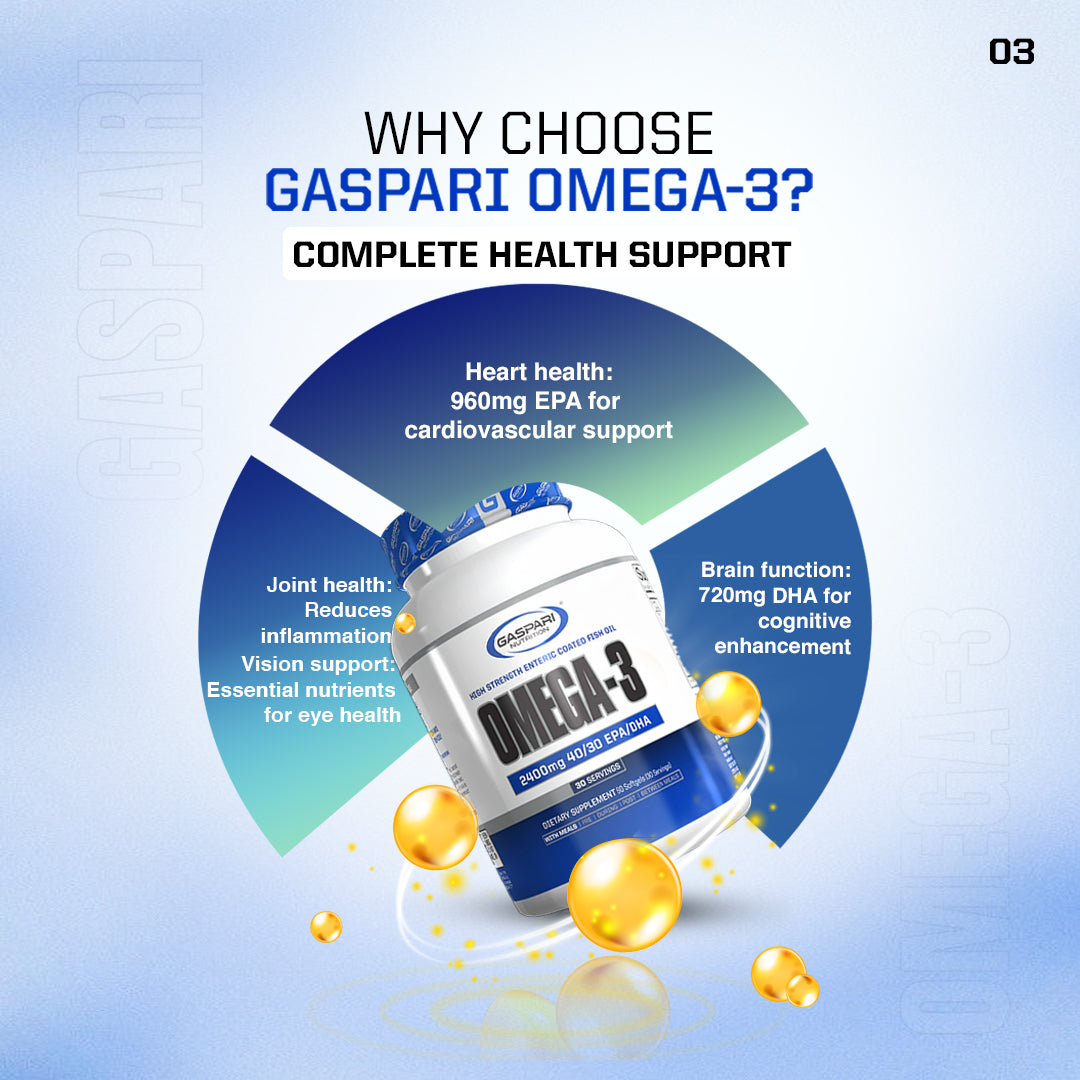
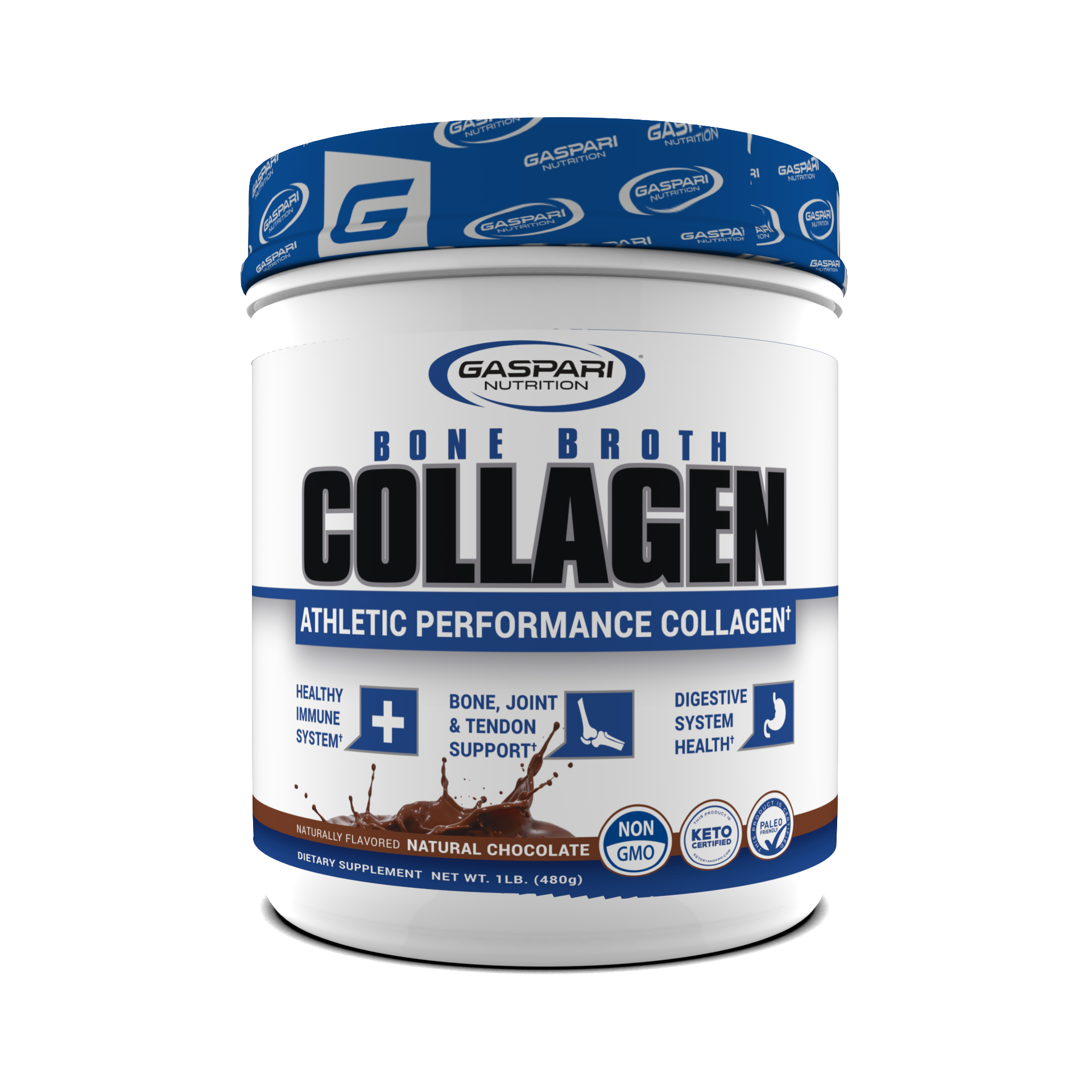
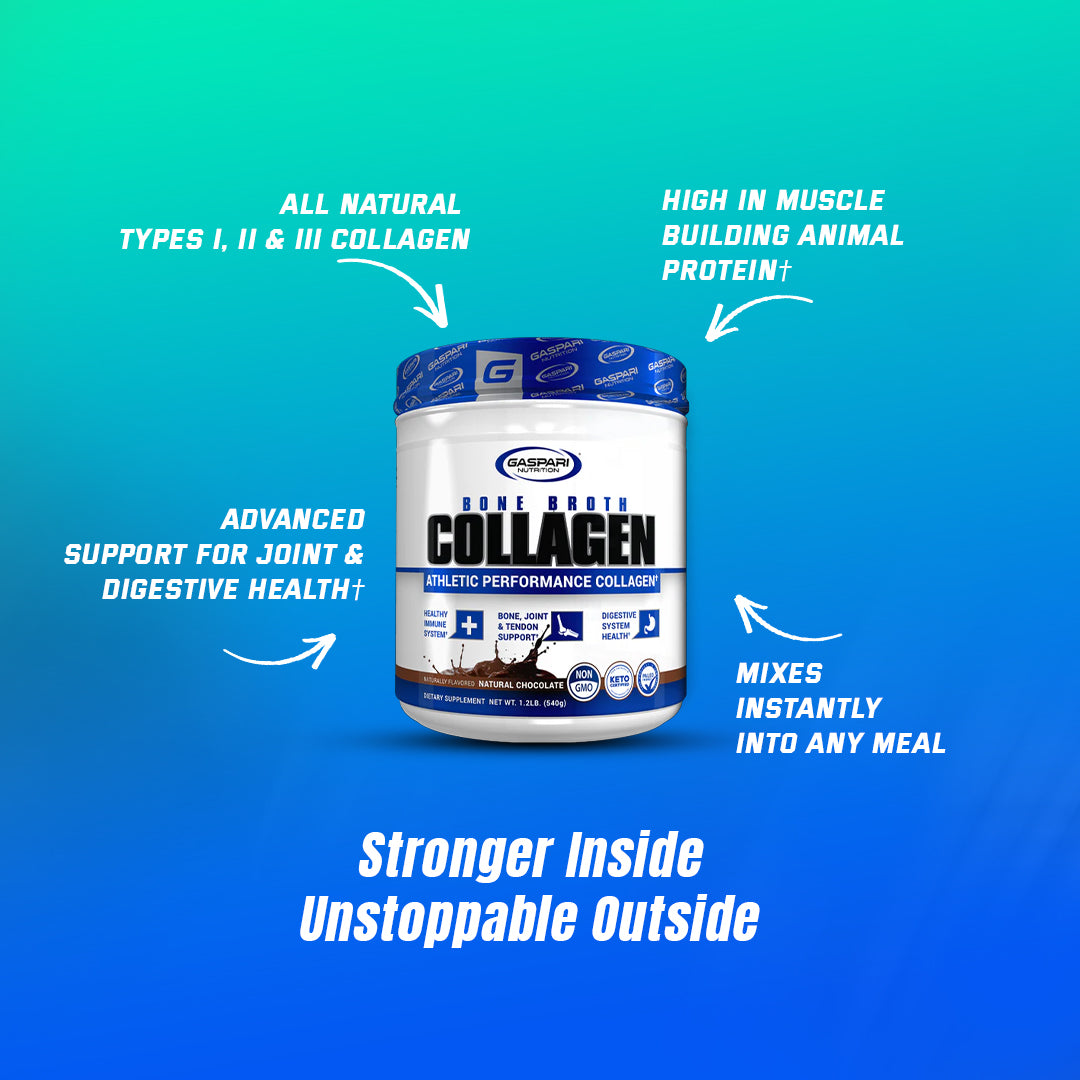


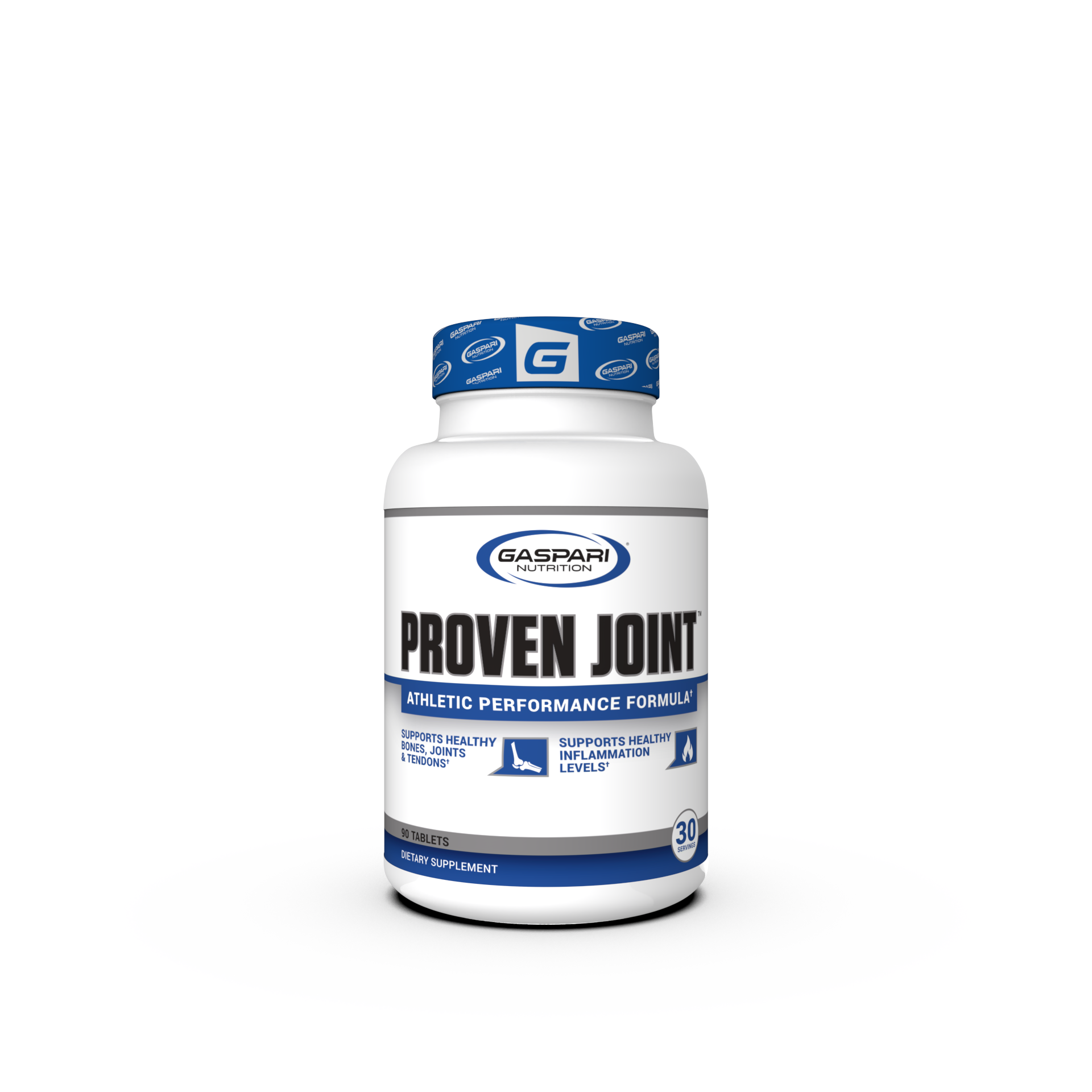
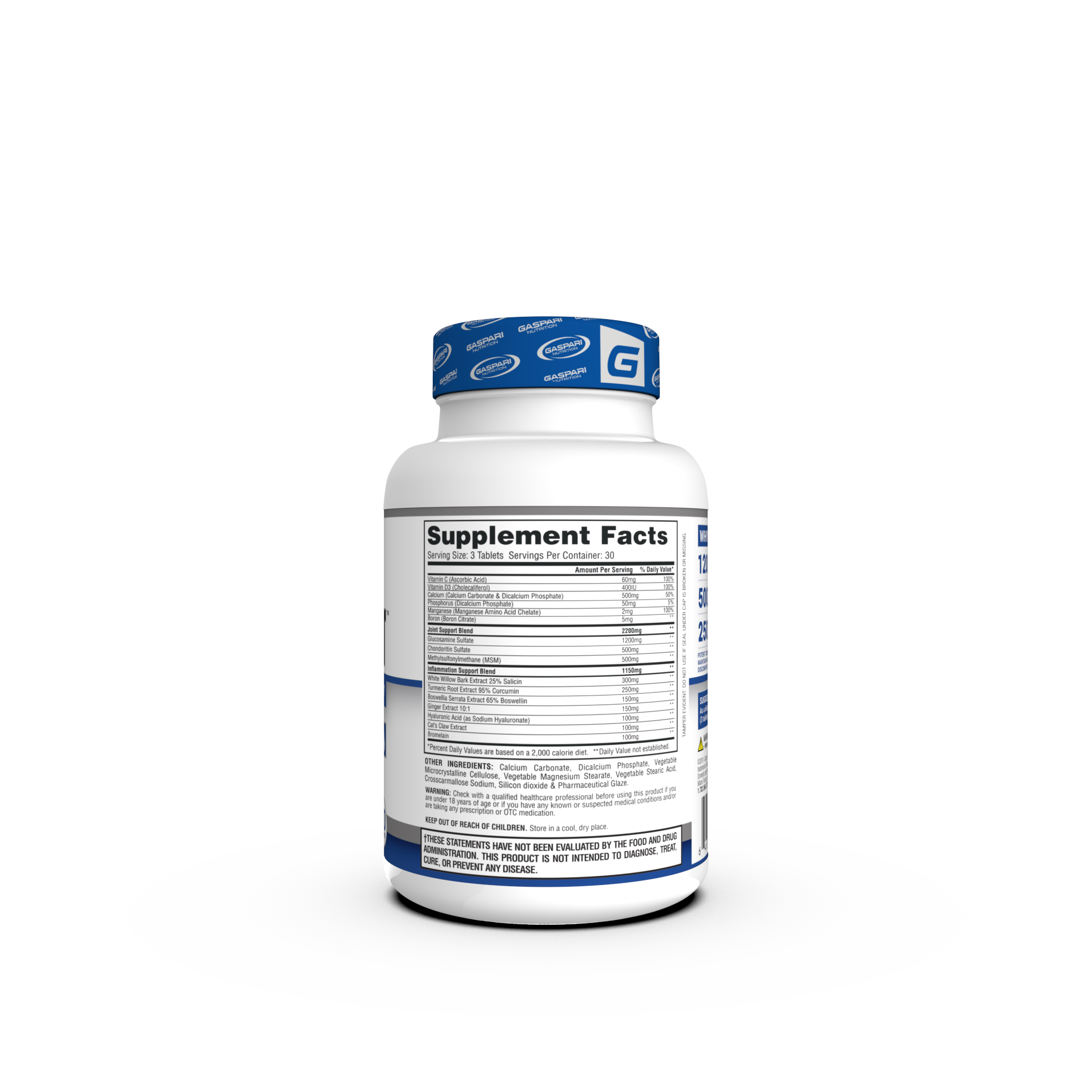
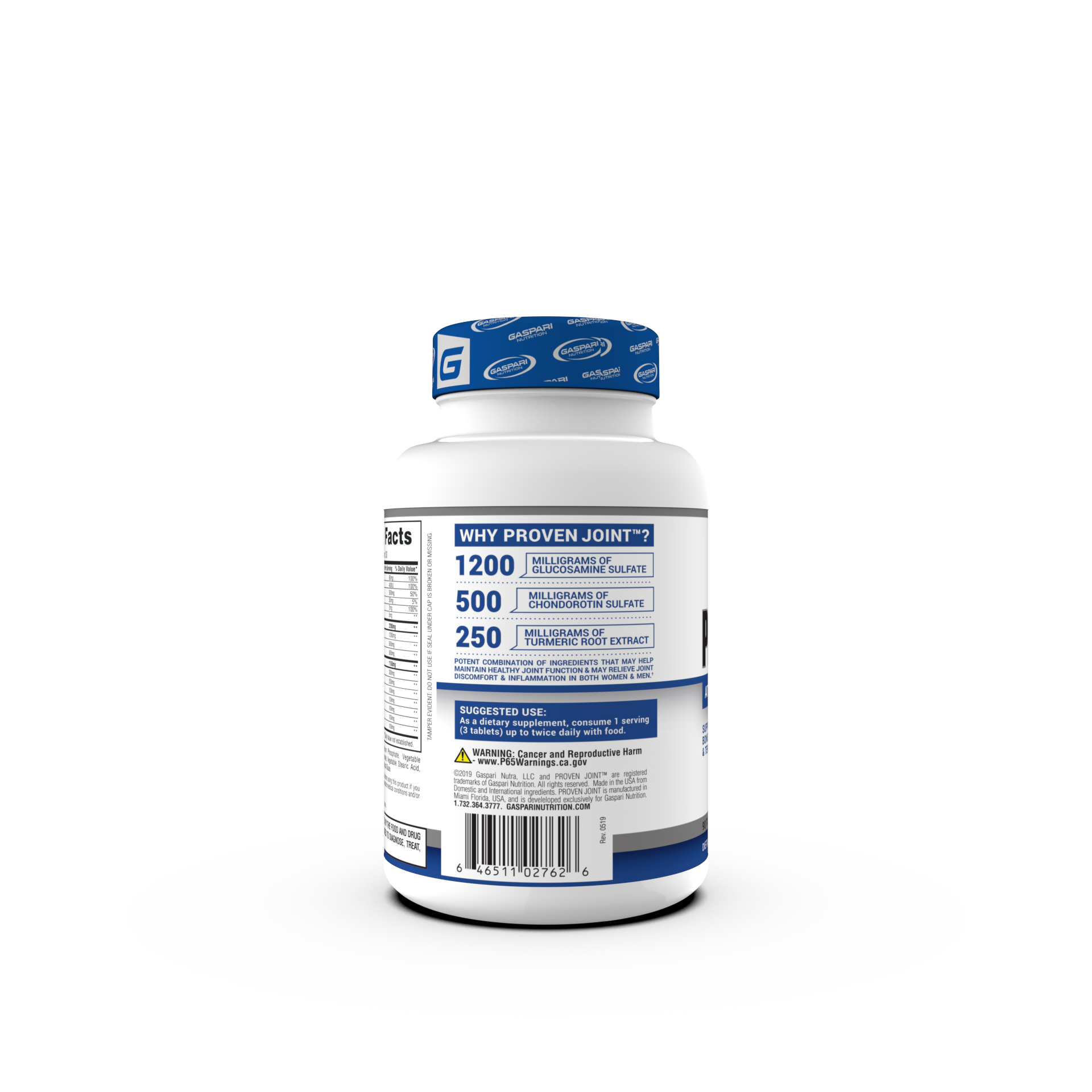

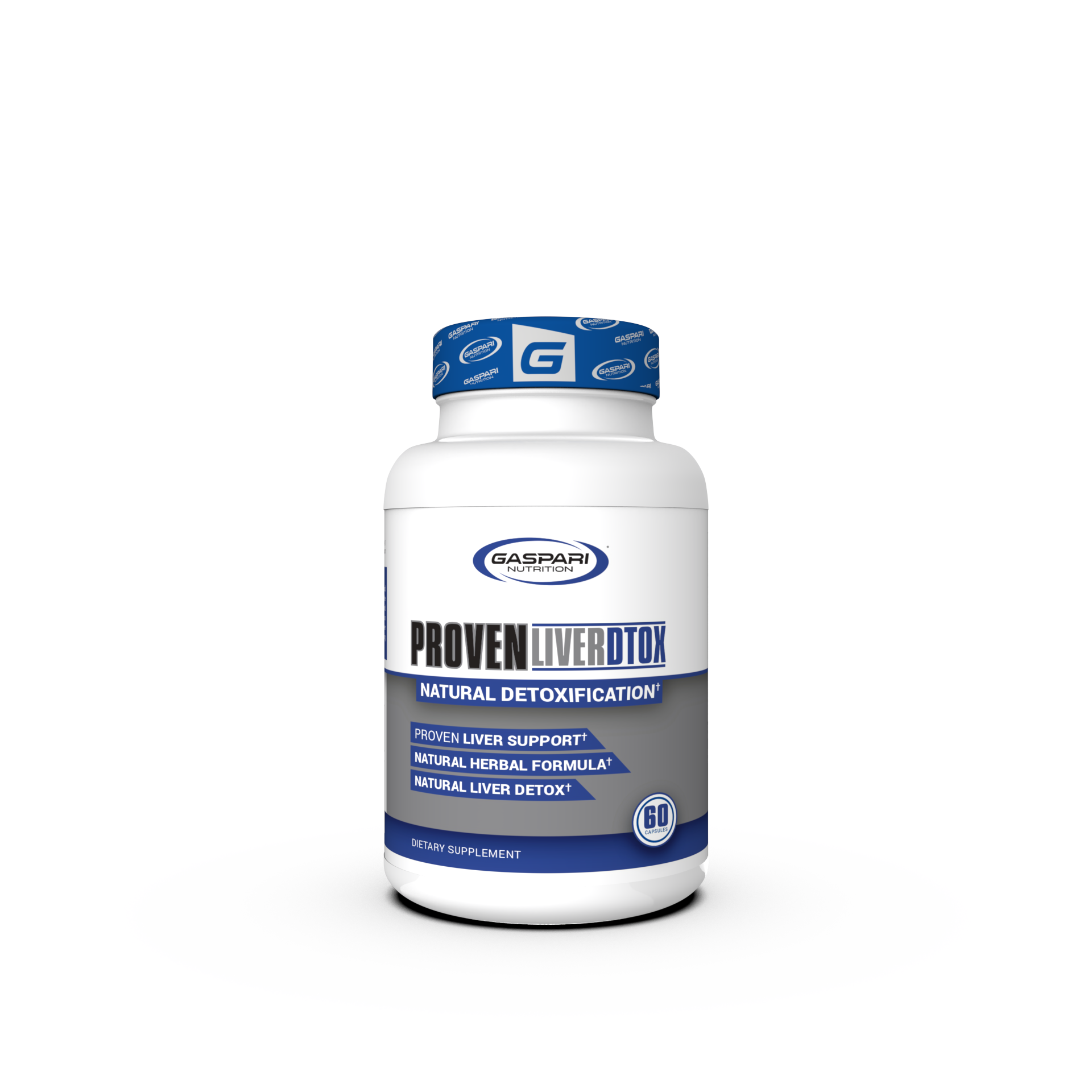
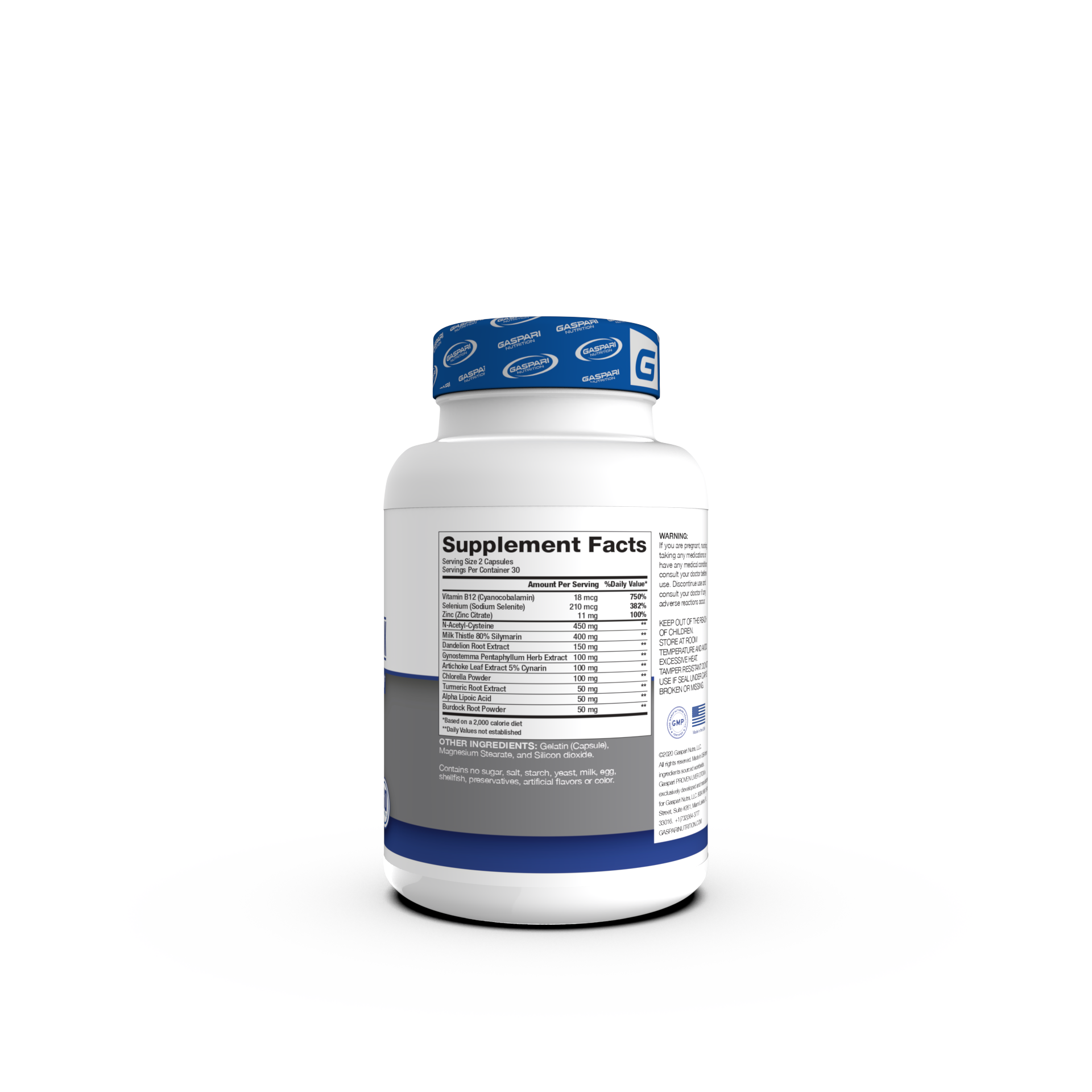
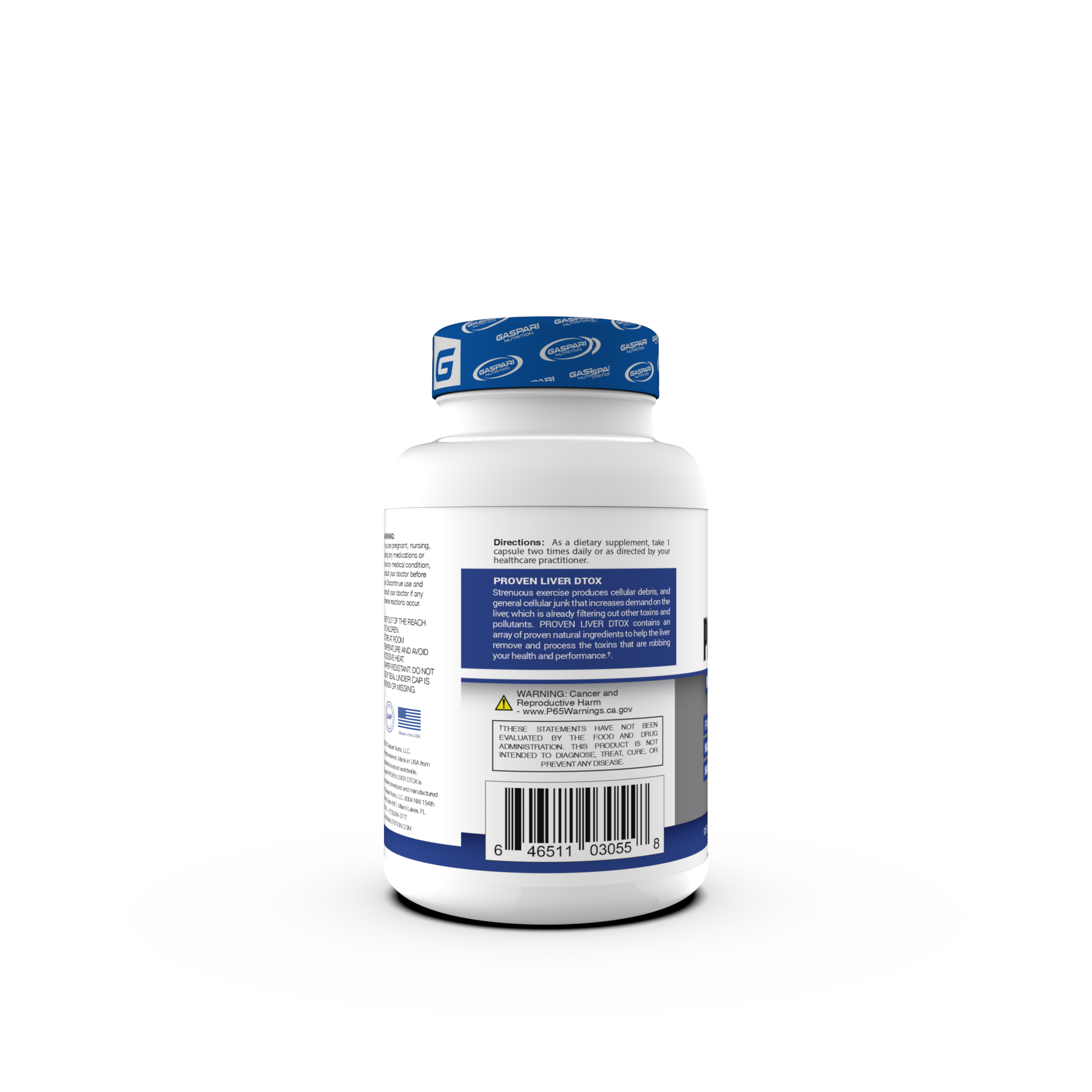

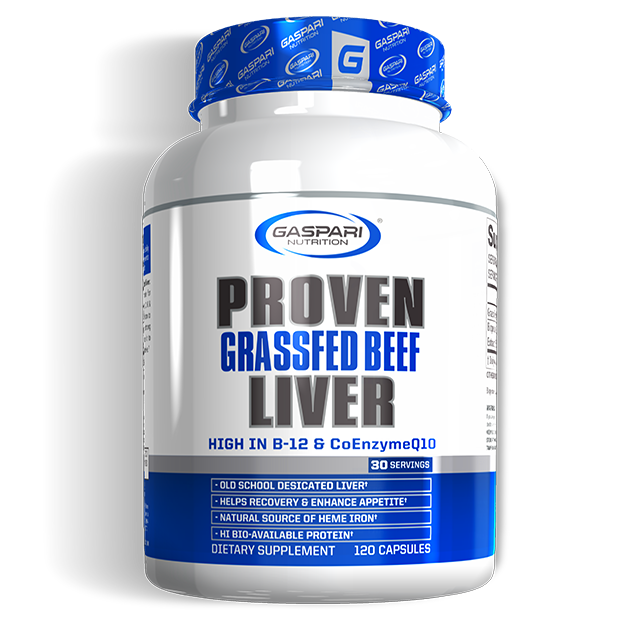
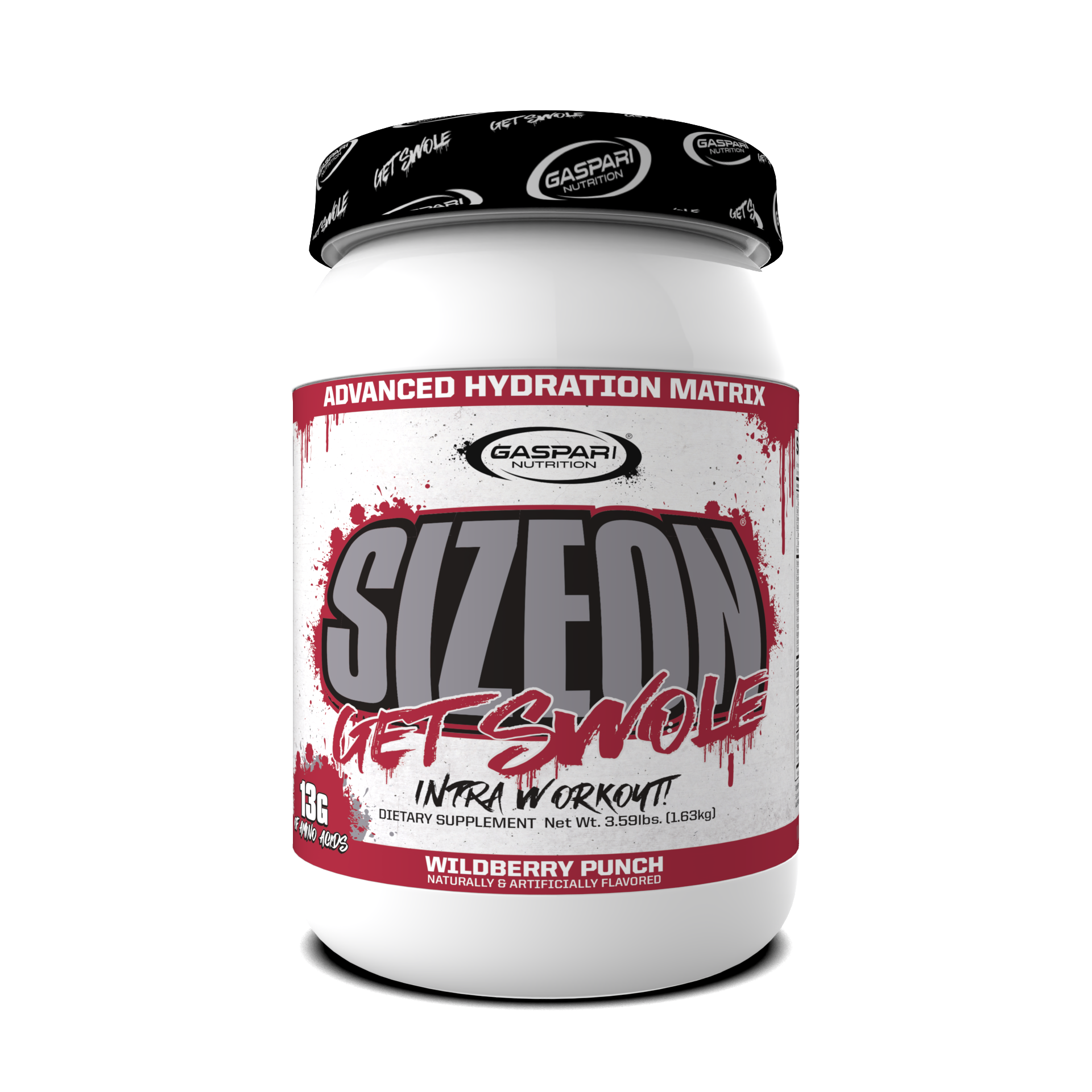
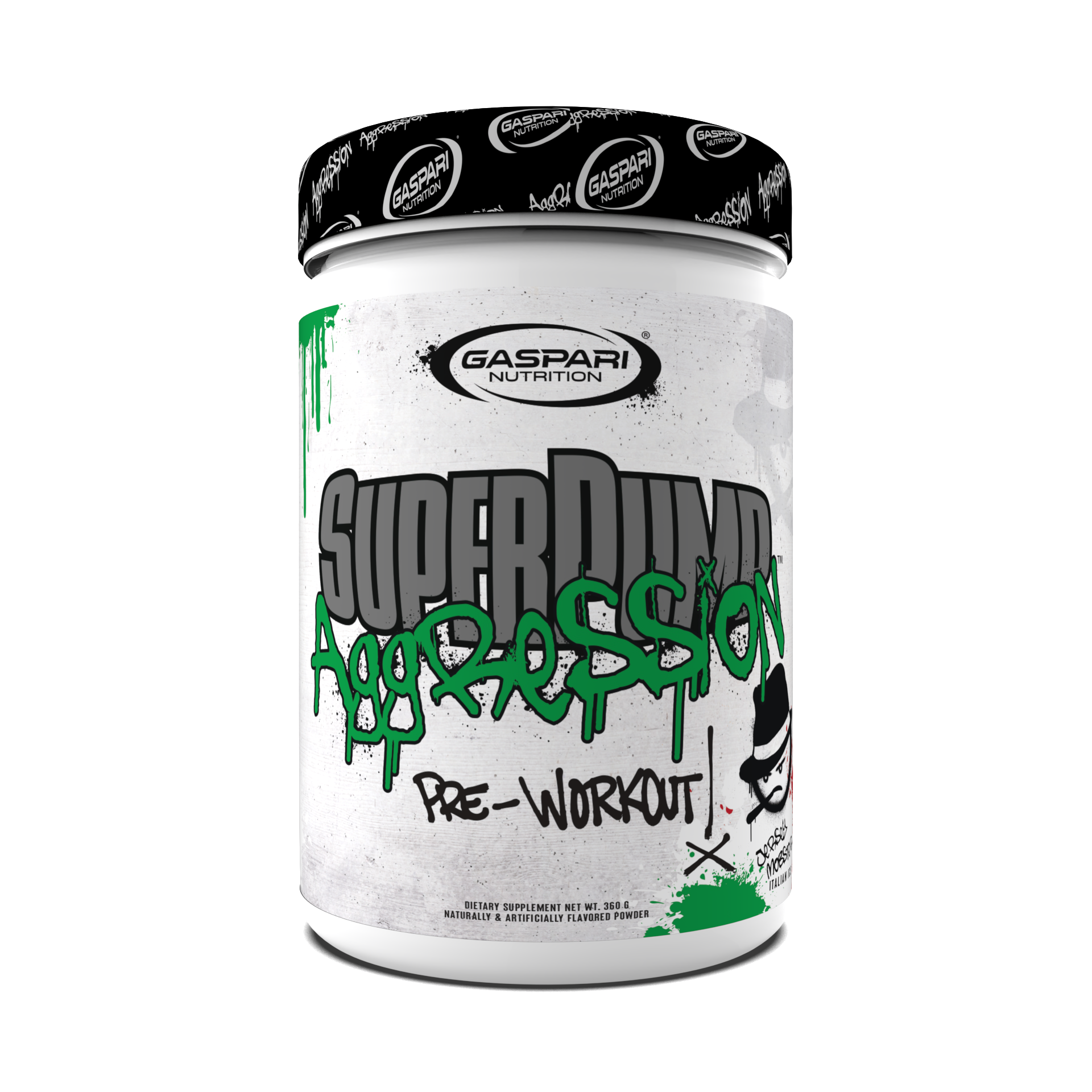
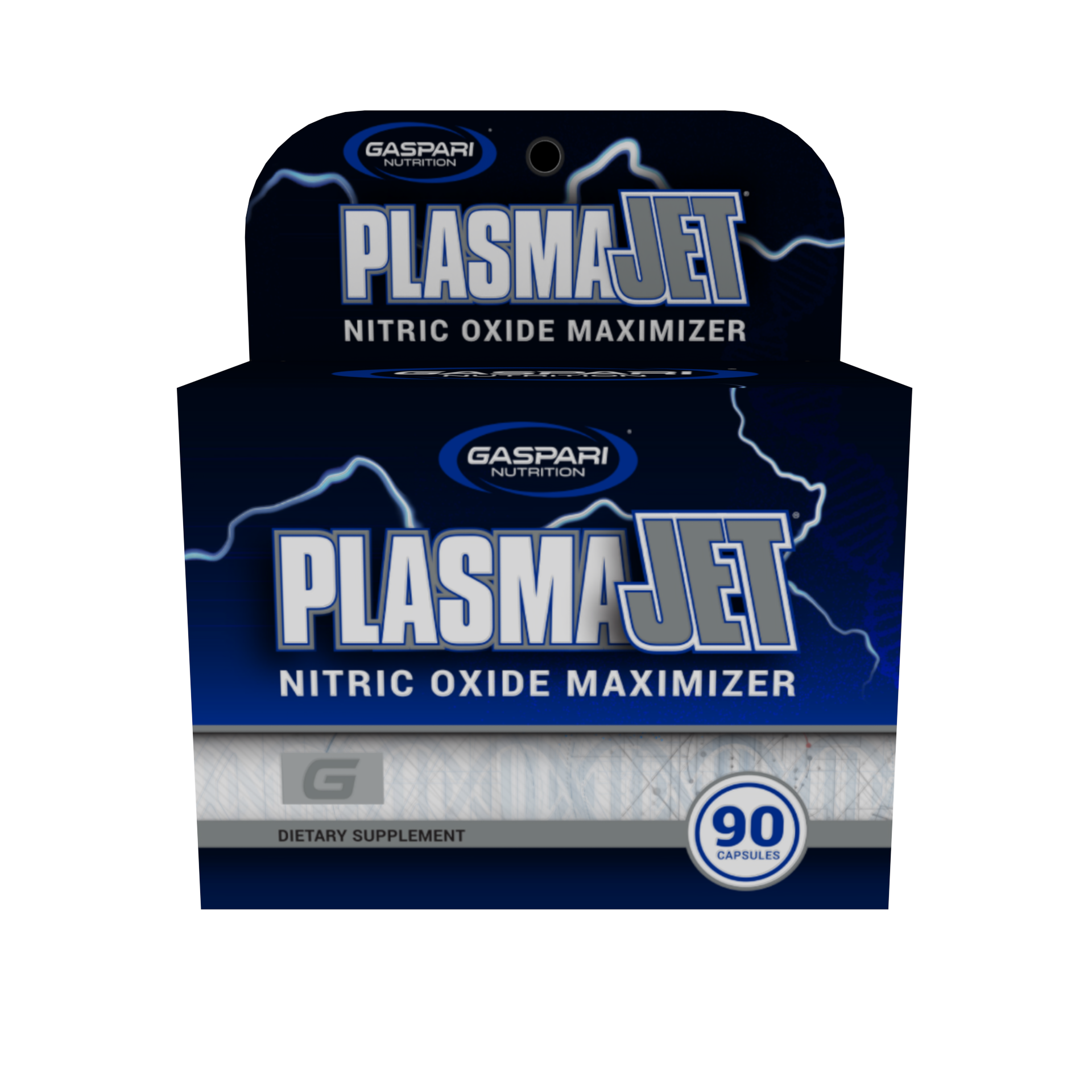


Share:
Is Creatine A Safe Supplement?
INTENSITY